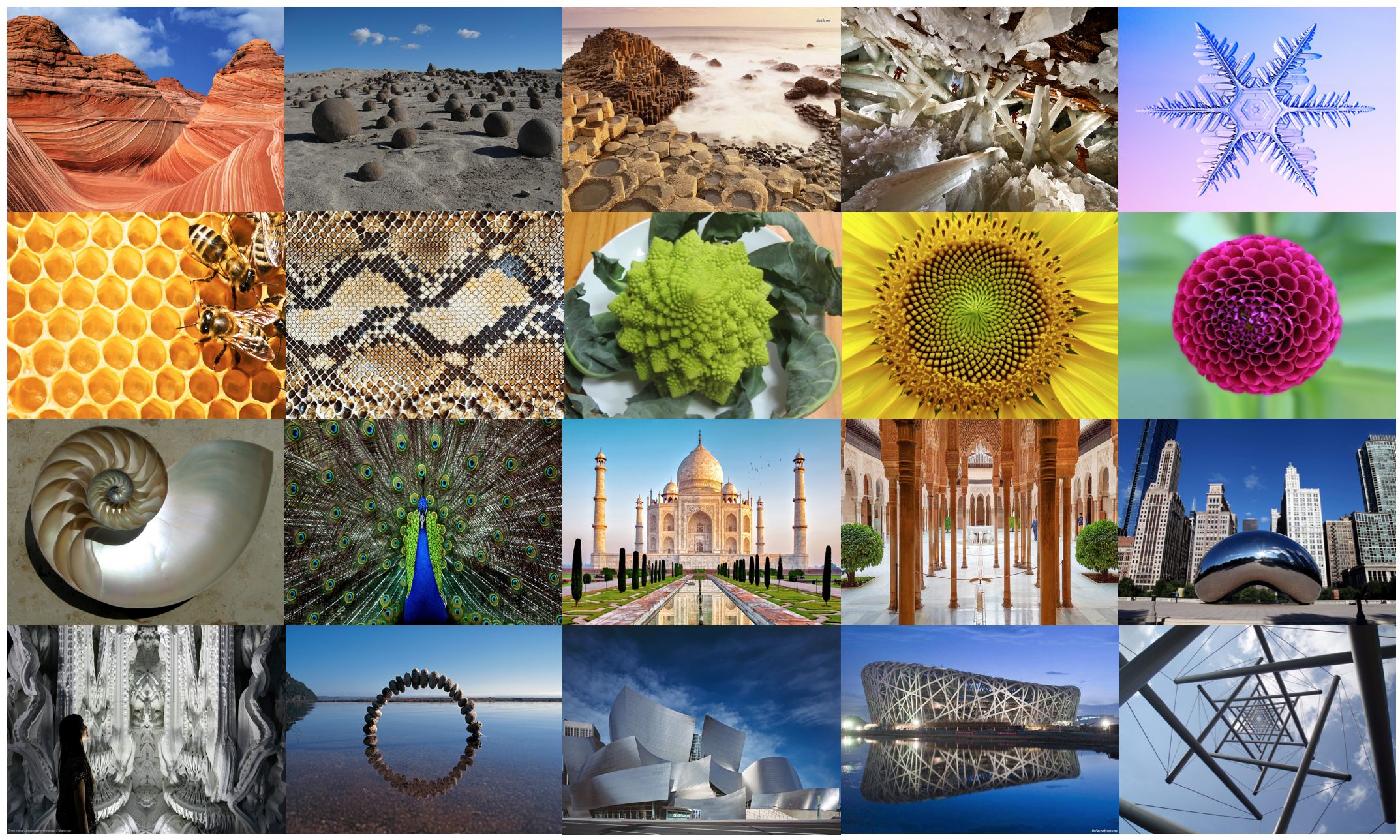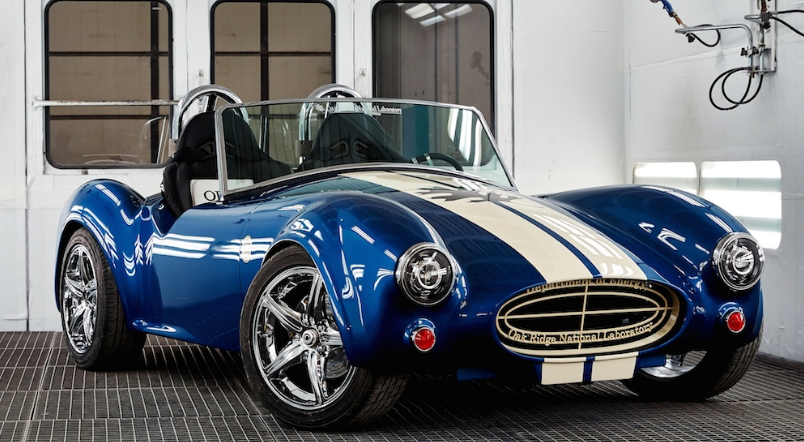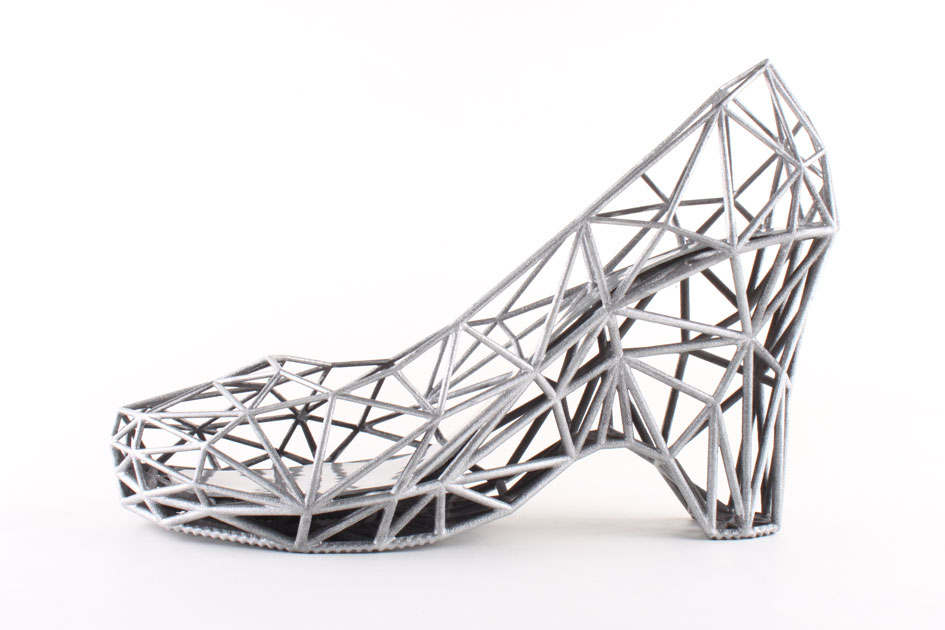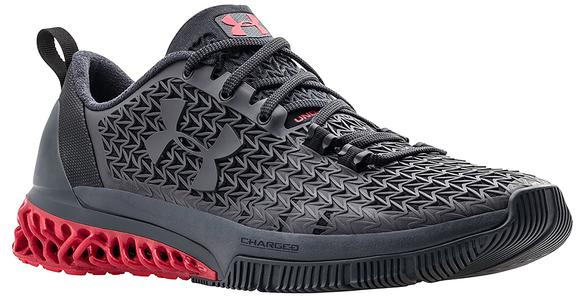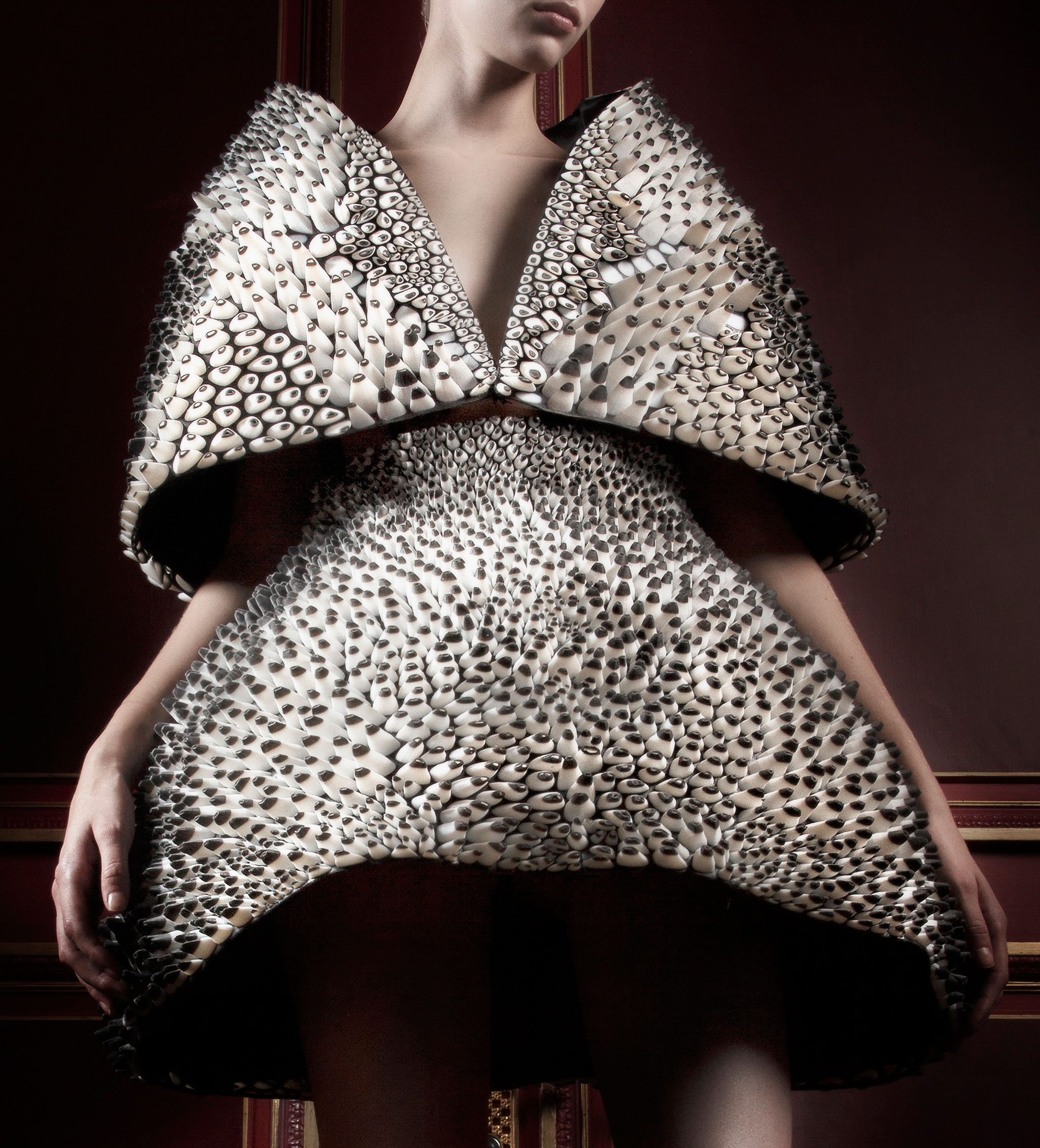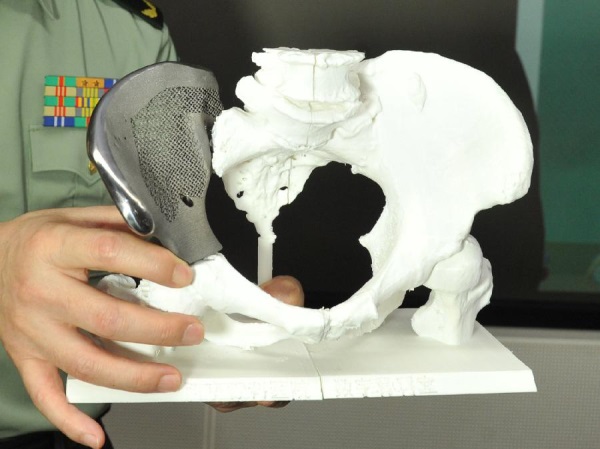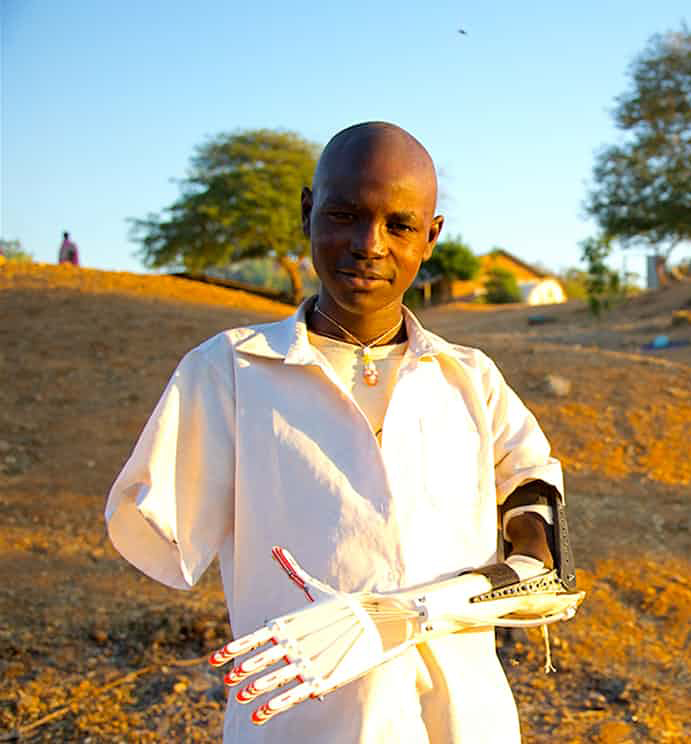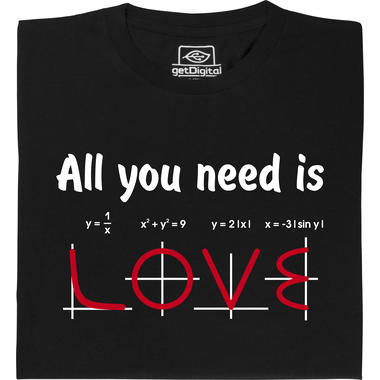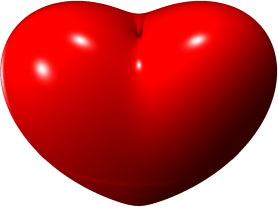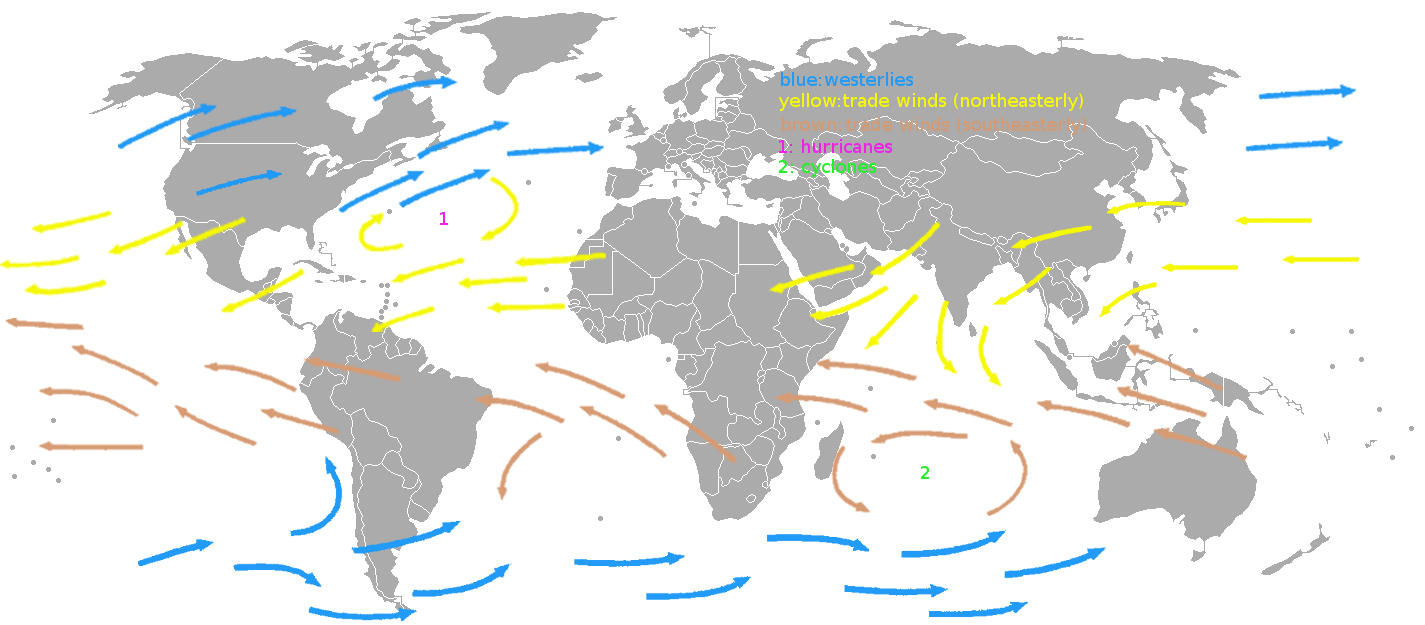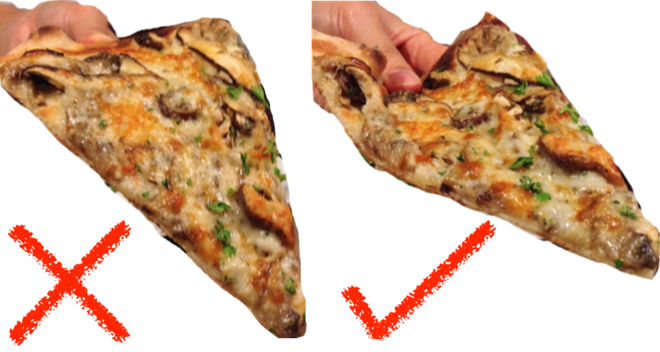People
- Lecturer
- David Bommes, david.bommes@inf.unibe.ch
- Assistant
- Heng Liu, heng.liu@inf.unibe.ch
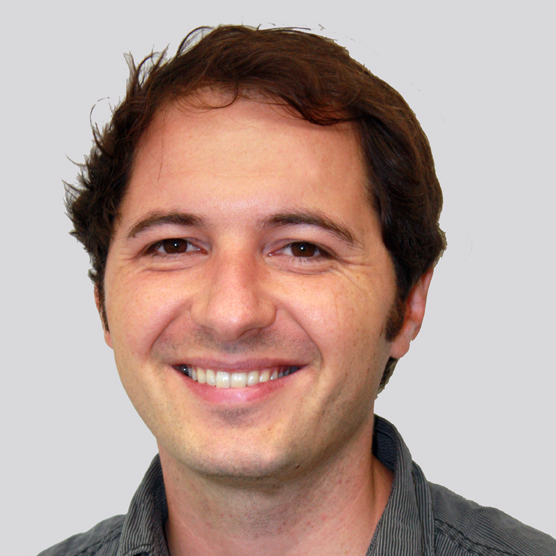

Acknowledgements
- Initial slides and programming exercises kindly provided by
- Prof. Dr. Mario Botsch, University of Bielefeld, Germany
- Prof. Dr. Mark Pauly, EPFL Lausanne, Switzerland
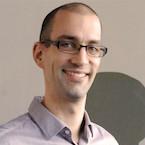
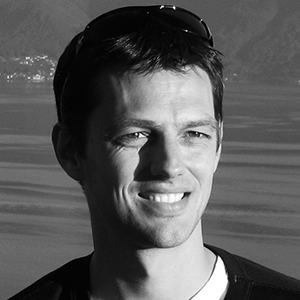
- Collaboration on future extensions and improvements of the course
Acknowledgements
- Many more people contributed directly or indirectly
- Pierre Alliez, Keenan Crane, Marcel Campen, Bruno Levy, Misha Kazhdan, Leif Kobbelt, Sylvain Levebvre, Niloy Mitra, Szymon Rusinkiewicz, Justin Solomon, …
General Information
- Time and location
- Lecture: Thursday, 09:15 - 11:00, Room 001, Engehaldenstr. 8
- Exercises: Thursday 11:15 - 12:00, Room 001, Engehaldenstr. 8
- Supervised C++ Programming (optional): TBD
- 5 ECTS Credits
- ILIAS
- slides, exercises, submissions, online forum, etc.
- Take advantage of the online forum to get advice!
Literature
- Botsch, Kobbelt, Pauly, Alliez, Levy: Polygon Mesh Processing, AK Peters, 2010

How to use our HTML slides
- Use the keys left/right to navigate through the slides.
- Click page number (bottom right) to open navigation menu.
- PDF export is possible in navigation menu via print.
- Press o to go into slide overview mode.
- Press f to enter fullscreen mode, ESC to leave fullscreen.
- Press ? to view all shortcuts.
- Double-click an item (e.g. an image) to zoom in/out.
- If the note icon (bottom left) is highlighted red then we used the virtual blackboard. Click the icon to show/hide the board.
- The slides are best viewed with Chrome or Chromium.
Quiz Setup
Quiz Example
Which of the following is true for you?A Real Quiz
Is the following statement true?
The sphere is the only 3D shape of constant width.
Geometry - γεωμετρία
- geo = earth

Geometry - γεωμετρία
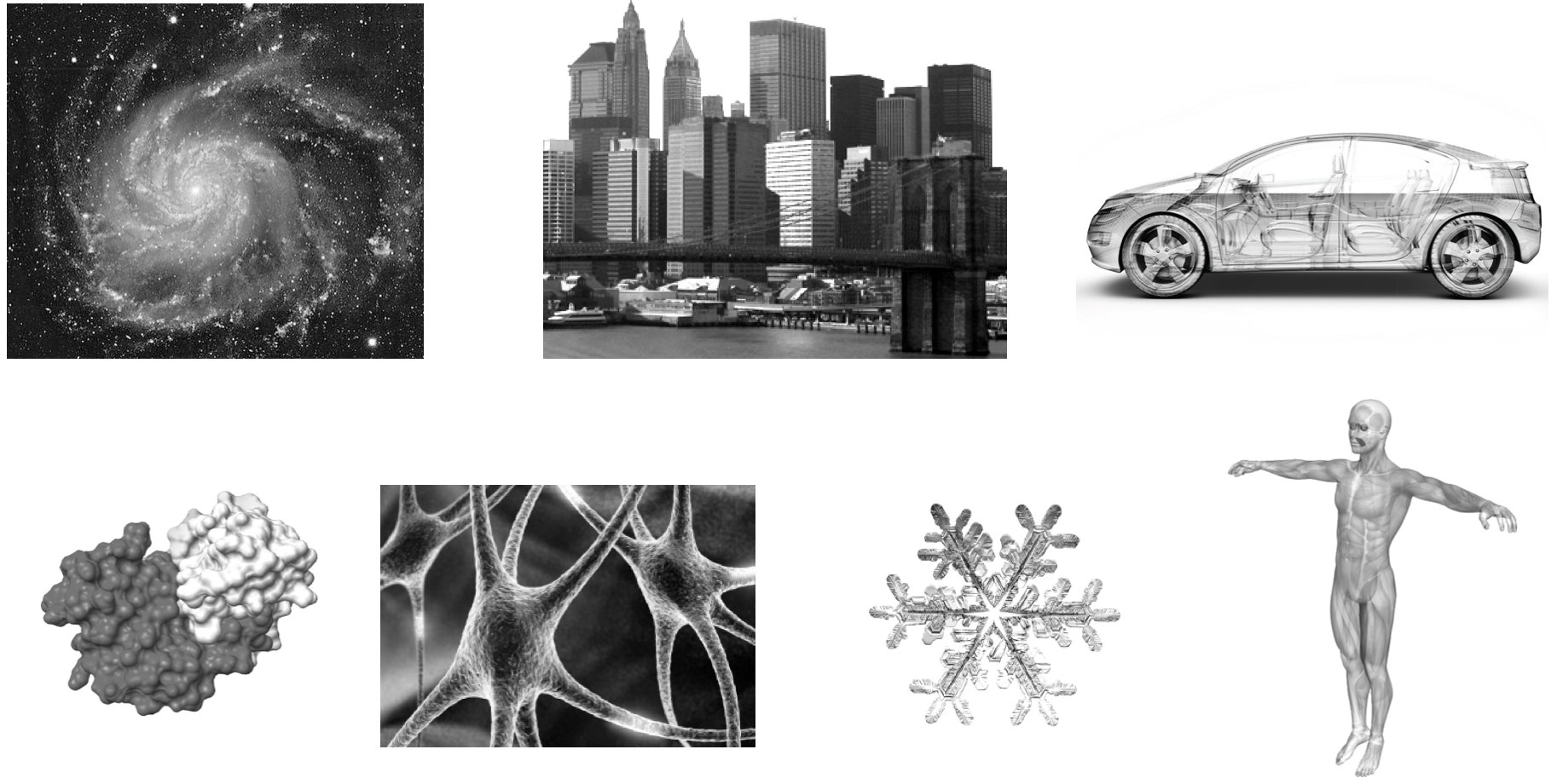
Geometry - γεωμετρία
- metria = measure
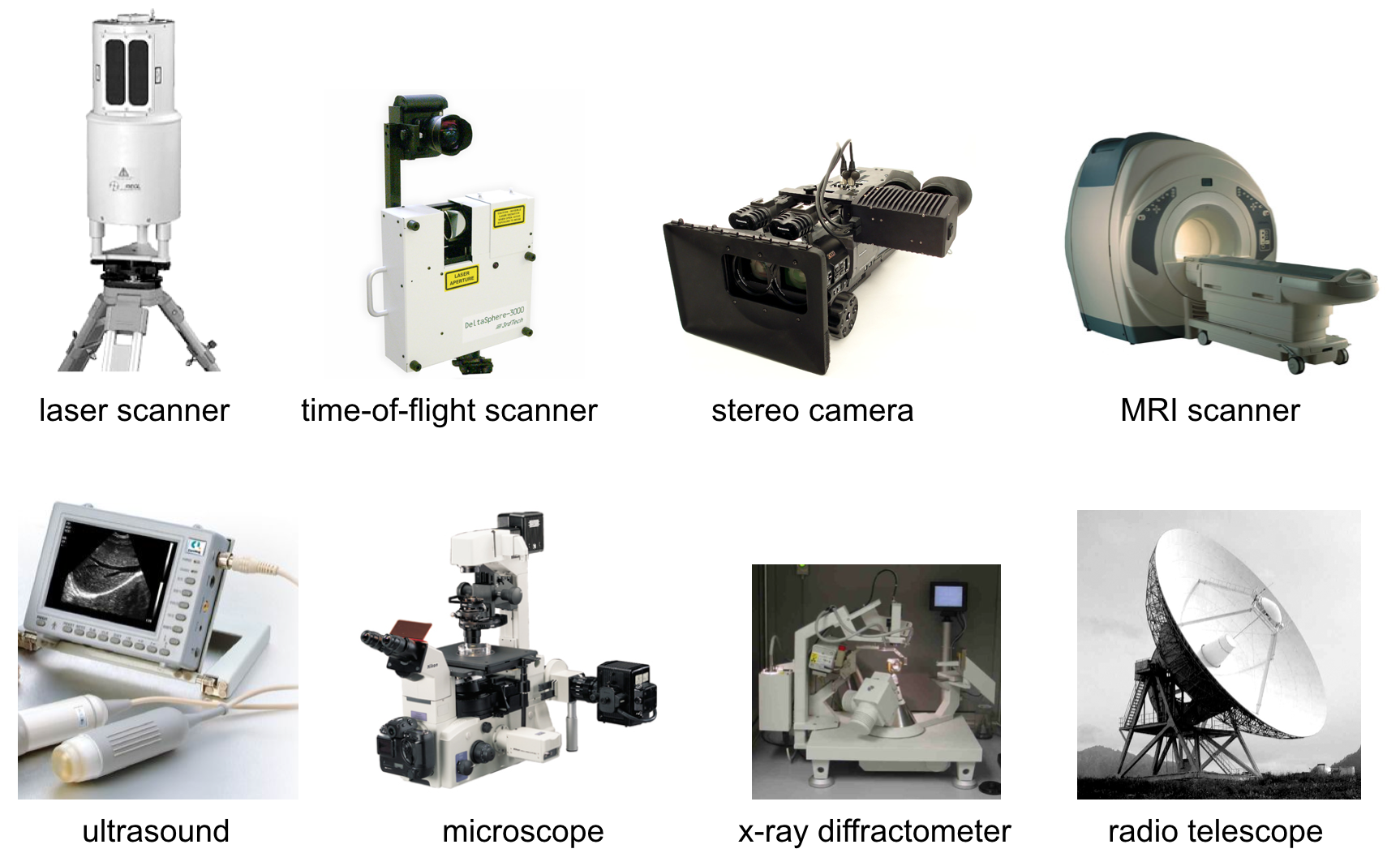
A little bit of History
- Earliest recorded beginnings of geometry:
- 3000 B.C. by Indus Valley civilization (north India) and Babylonina People
- Practical motivation
- surveying
- construction
- astronomy
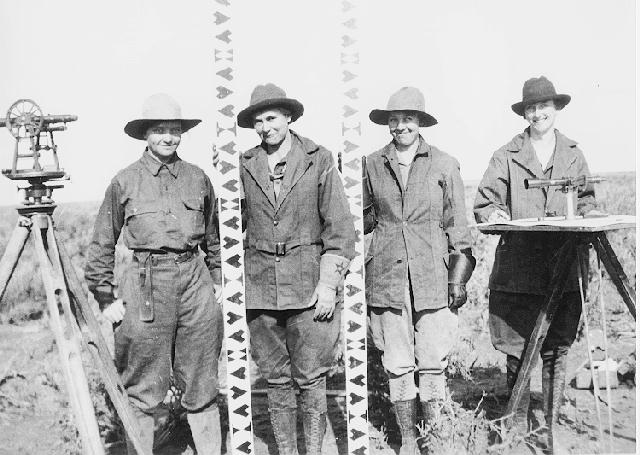
A little bit of History
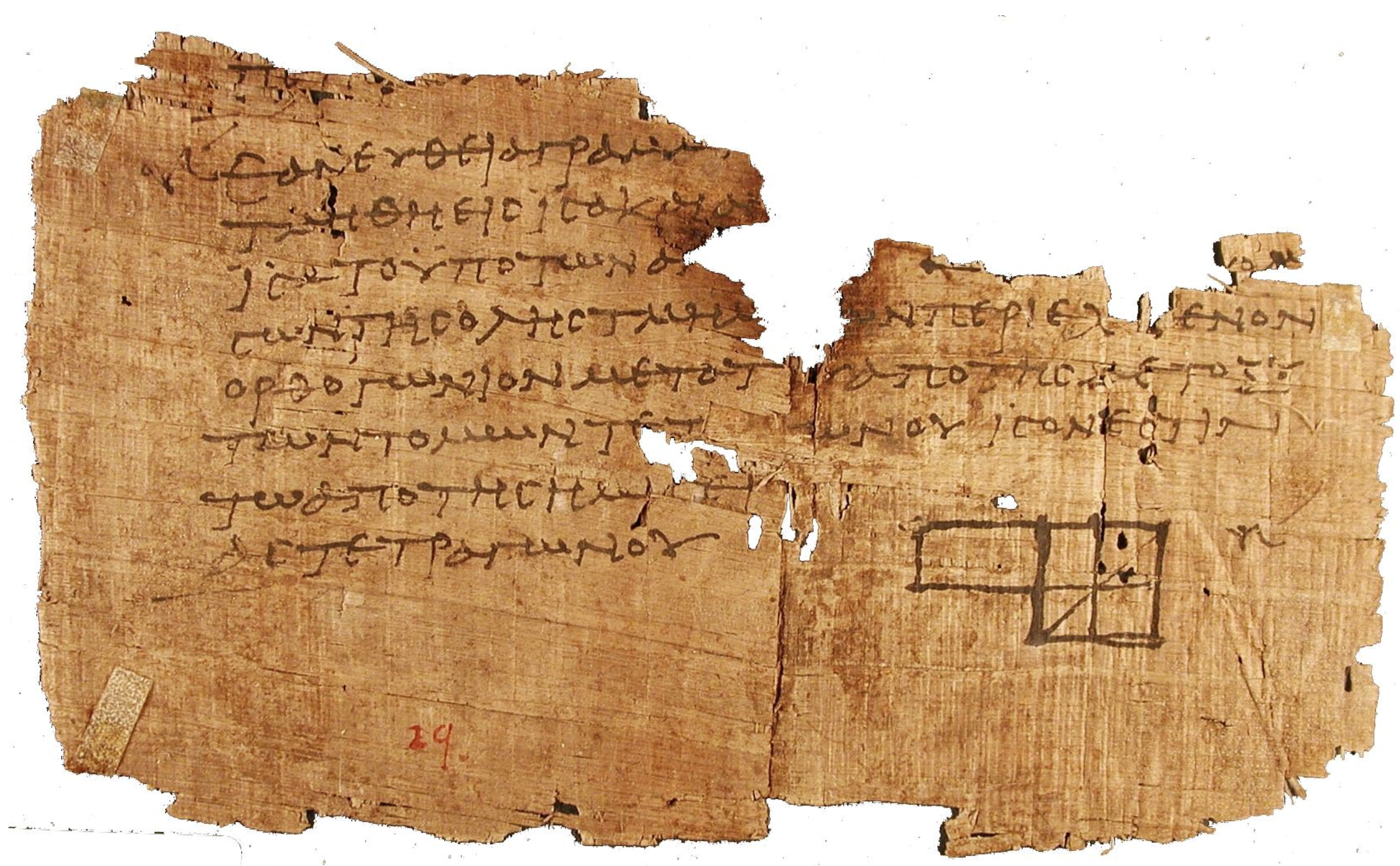
“widely considered the most influential textbook of all times”
300 B.C. (Wikipedia)
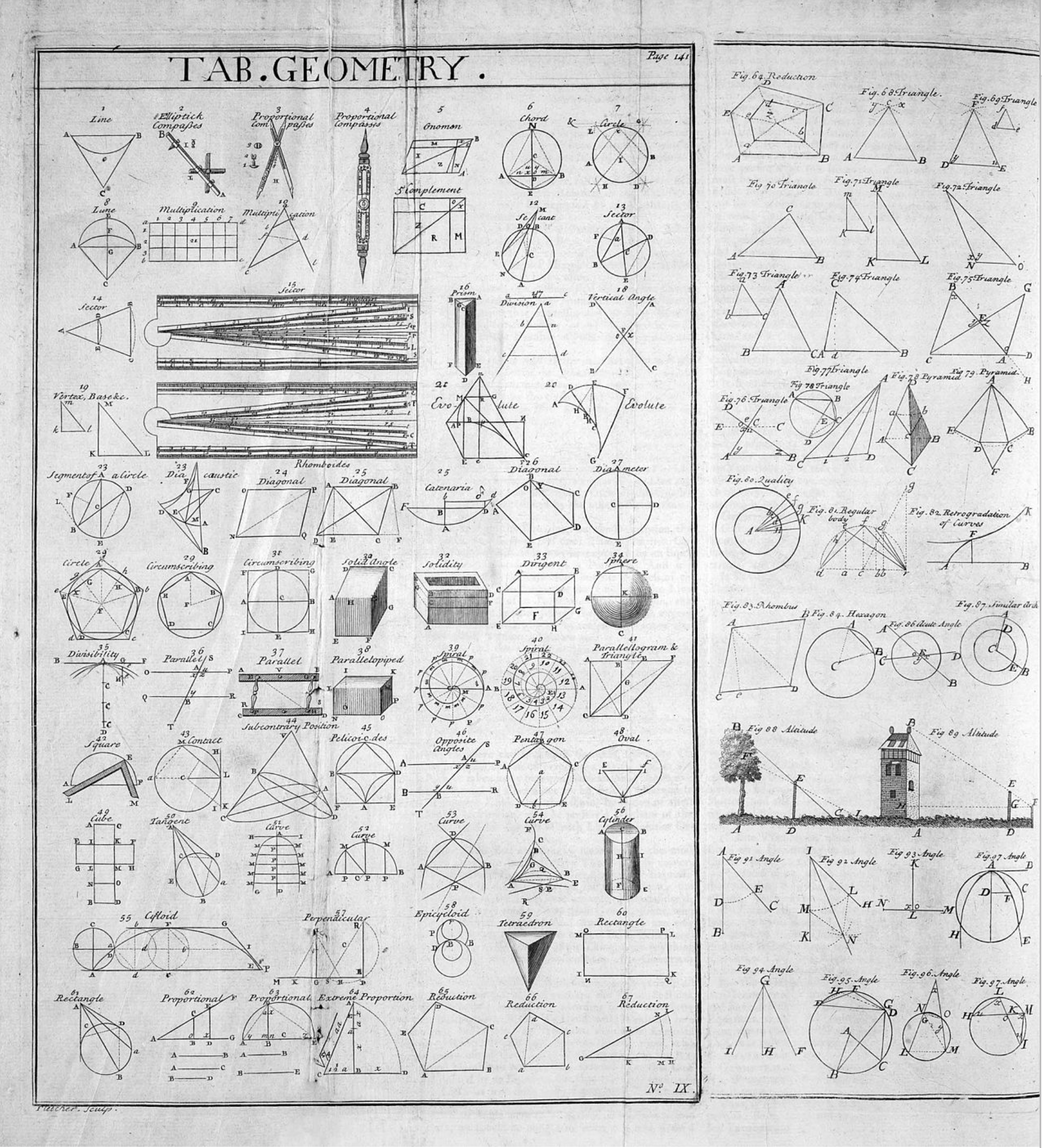
A little bit of History
- Classic Geometry was based on compass-and-straightedge construction
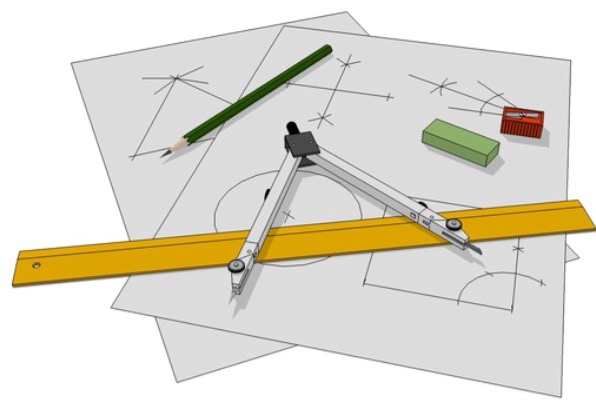
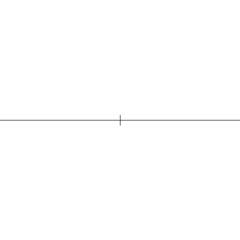
A little bit of History
- Our Goal: complex geometry
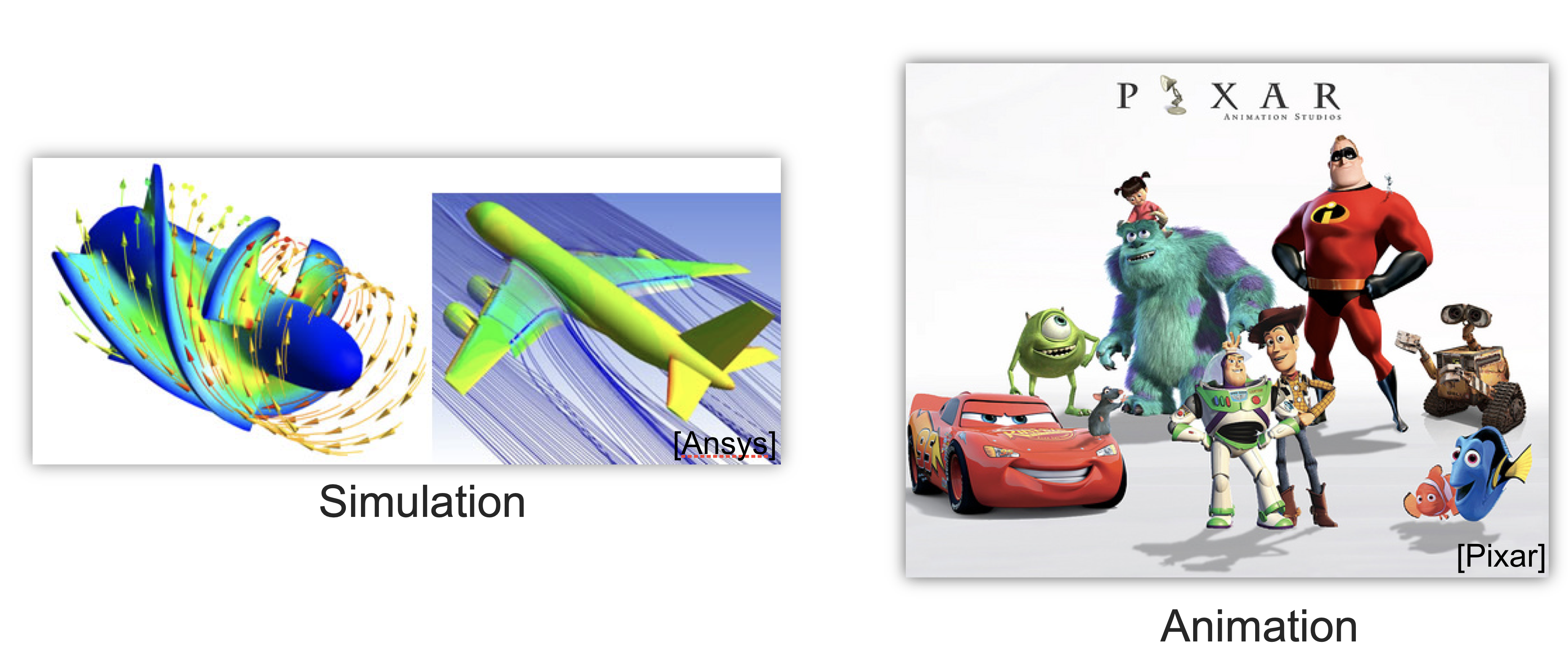
A little bit of History
- Modern Geometry joins classic geometry and algebra/calculus
- Analytic Geometry = Geometry with Coordinates and equations
- Ability to compute!
- $ x^2 + y^2 = r^2$
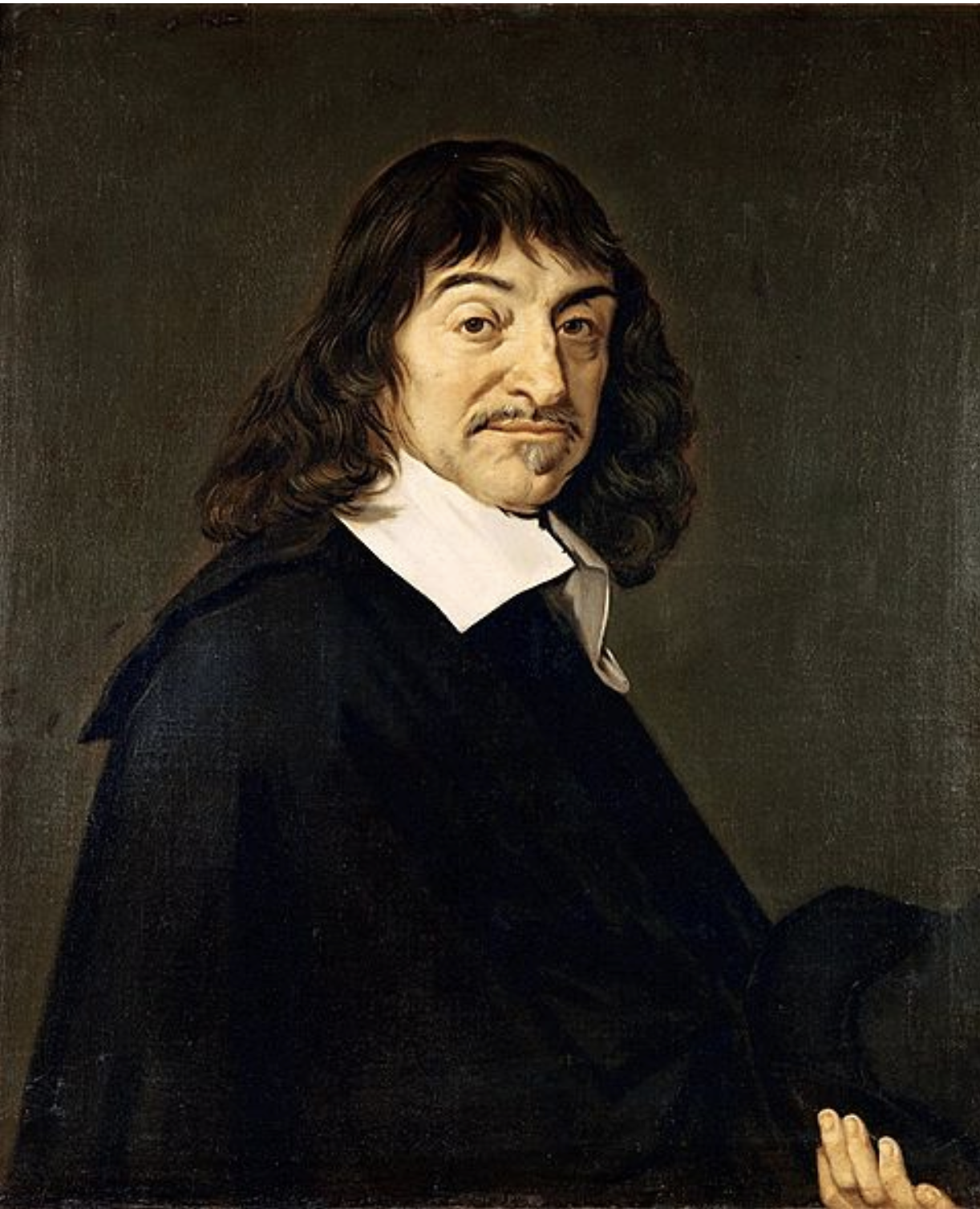
What is Geometry?
- “science of shape”
- measurements
- length
- area
- volume
- angle
- curvature
- deformation
- …
- analytic and/or constructive
- visual nature often allows for intuitive arguments!
- typically first a picture then a formal algebraic proof
Application Domains
- Cultural Heritage

1G sample points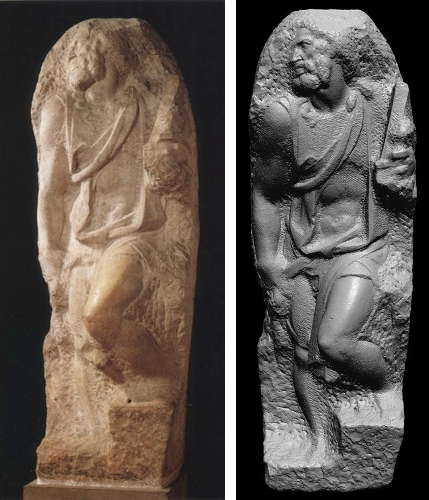
4G sample points
Application Domains
- Automotive Industry

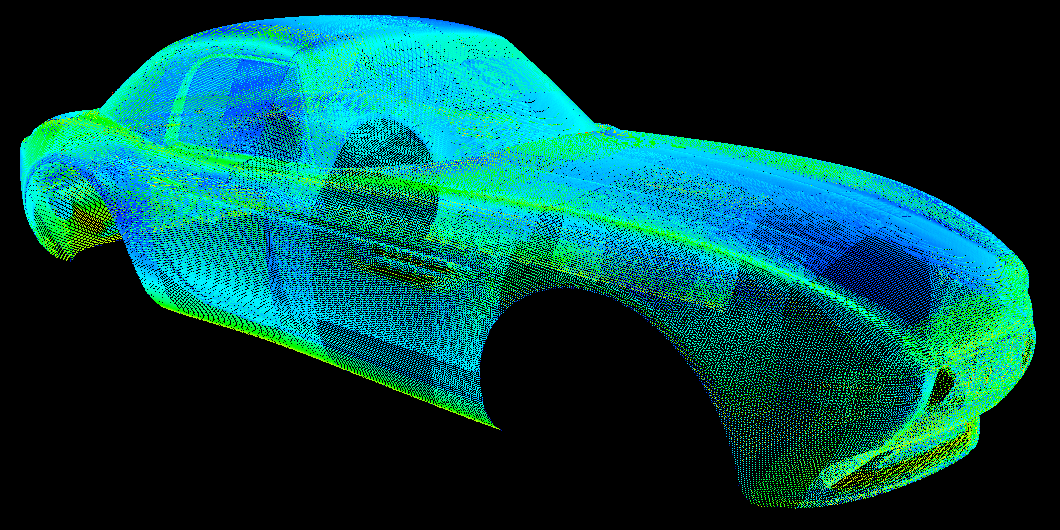
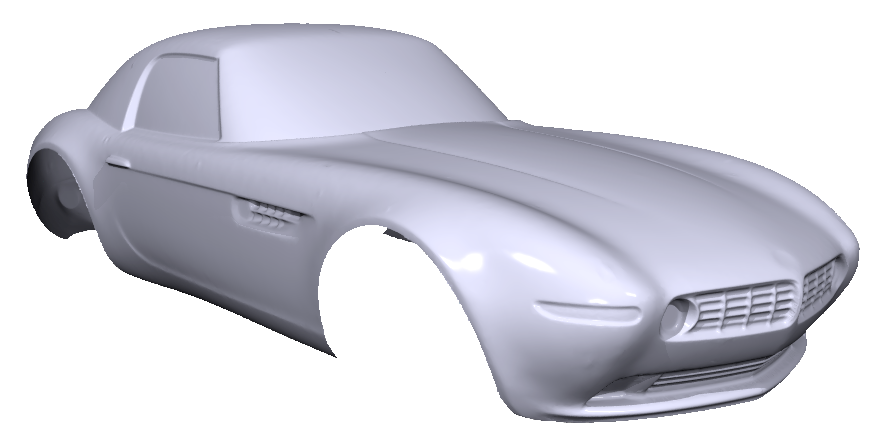
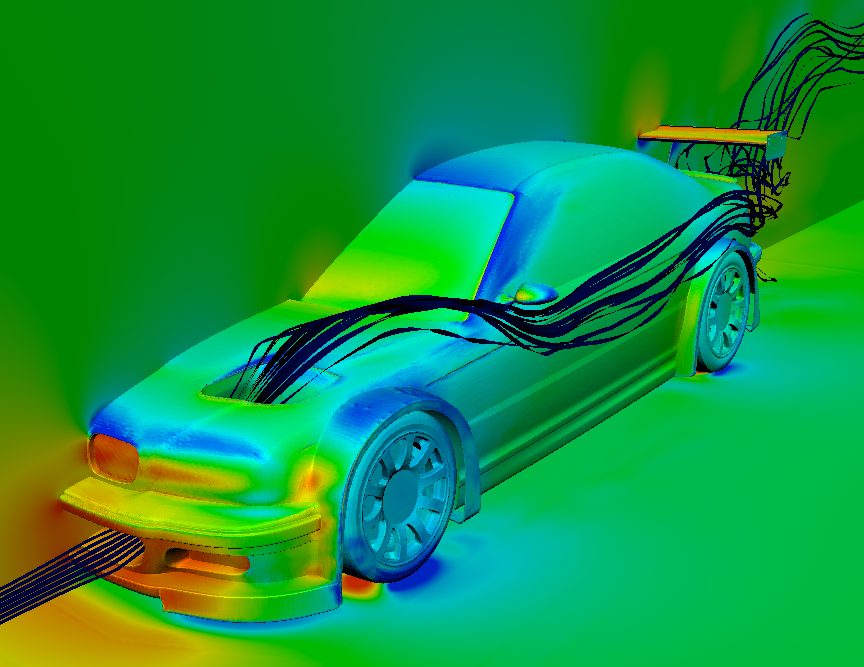
Application Domains
- Digital Avatars
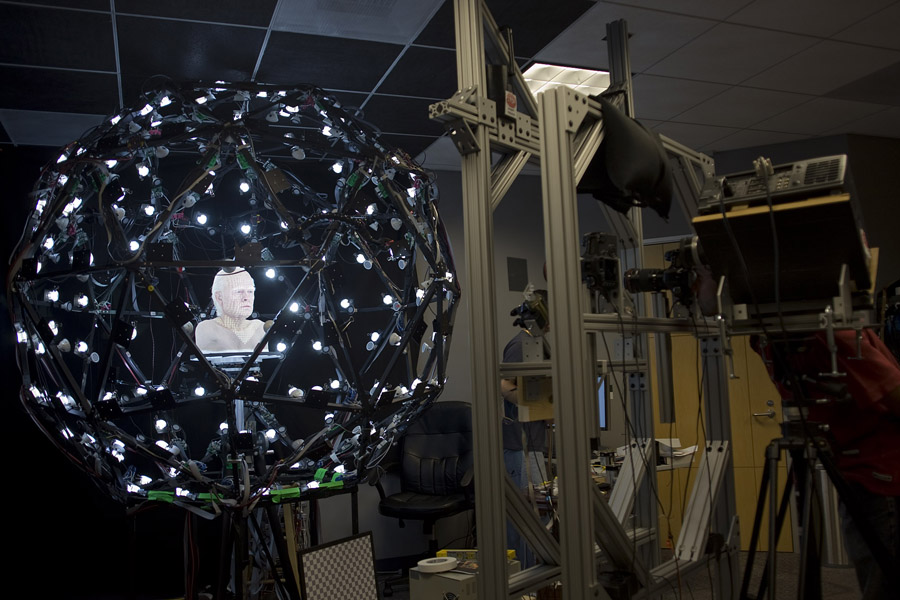
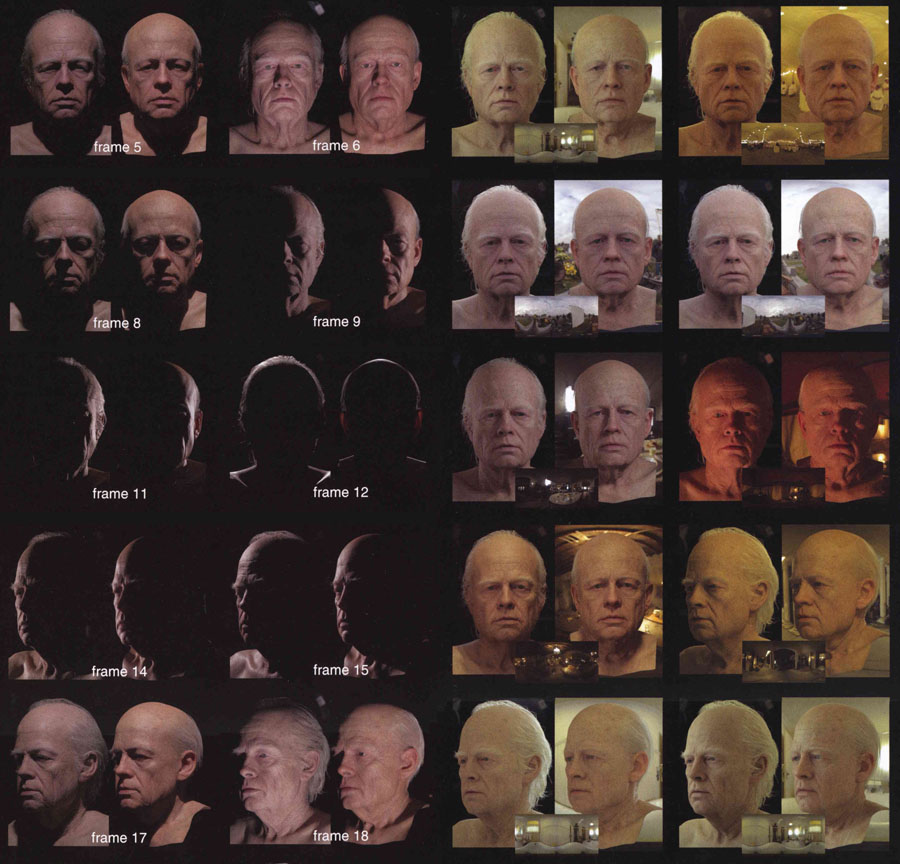
© ICT
Application Domains
- Digital Avatars
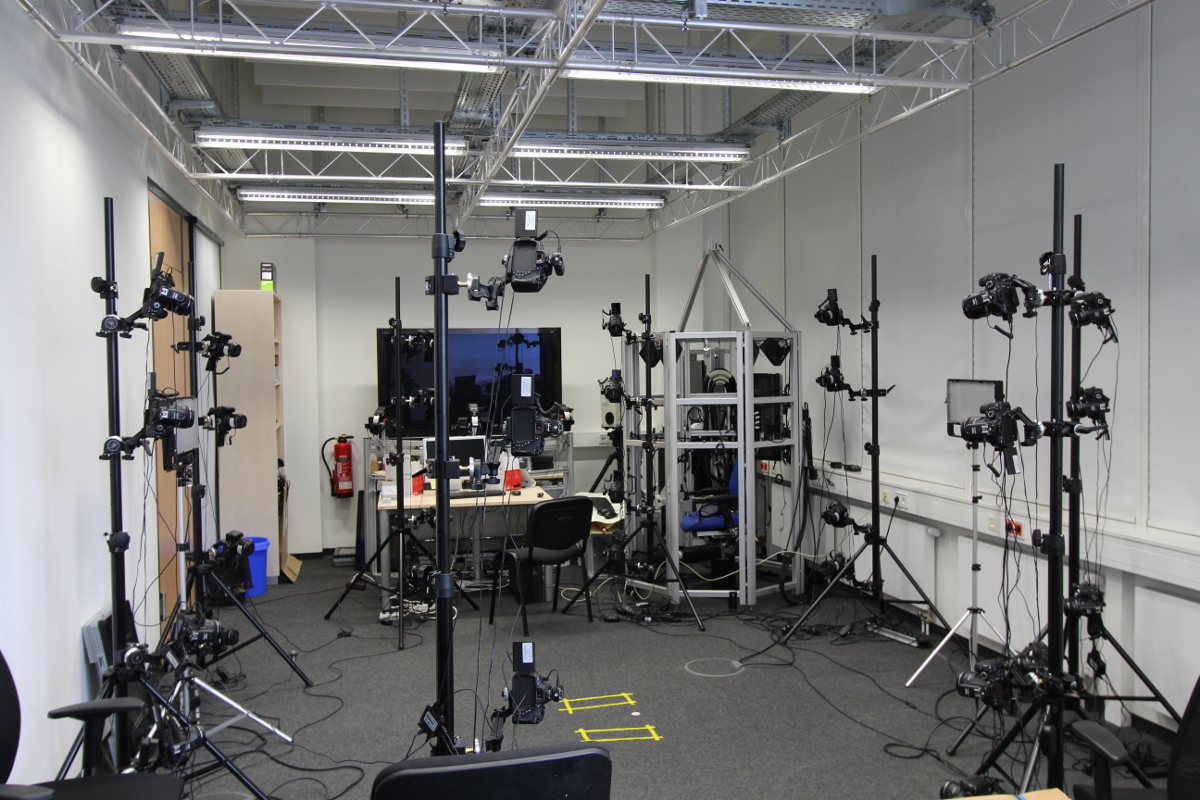
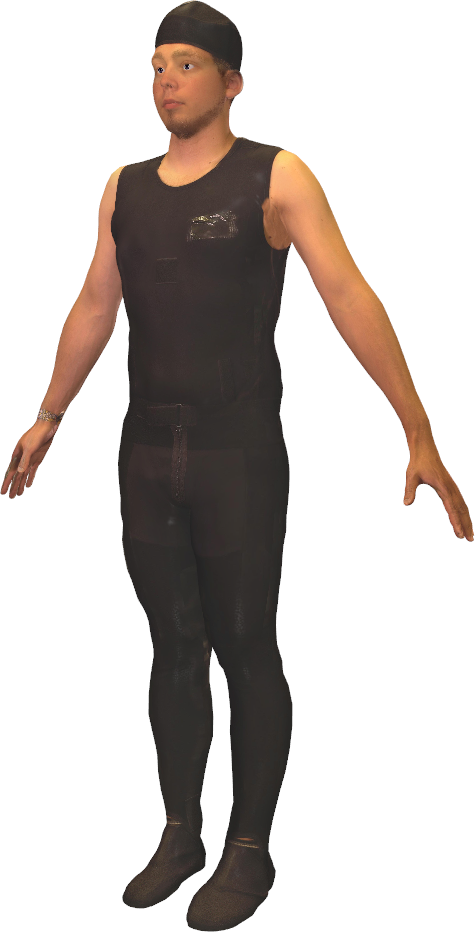
Application Domains
- Surgery Simulation
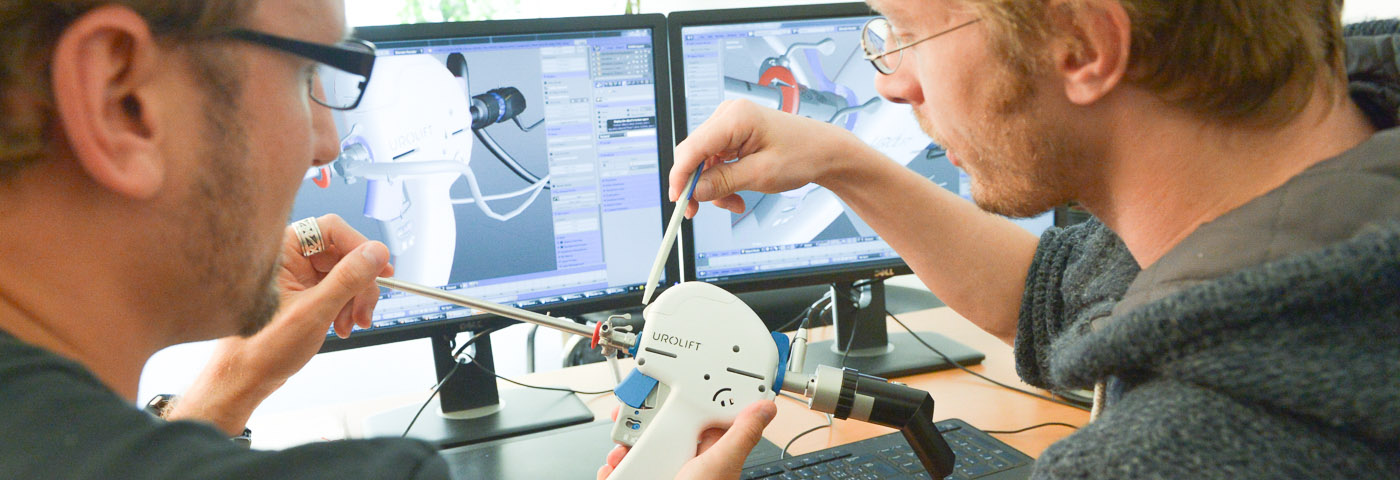
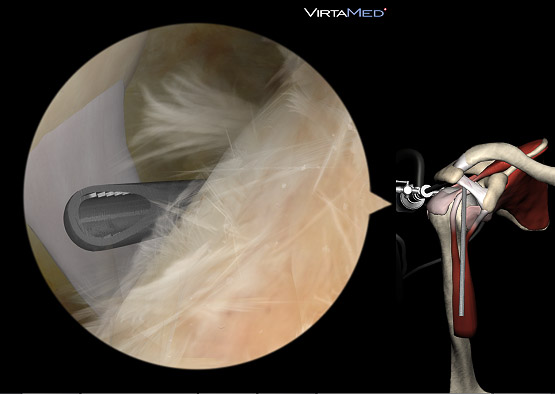
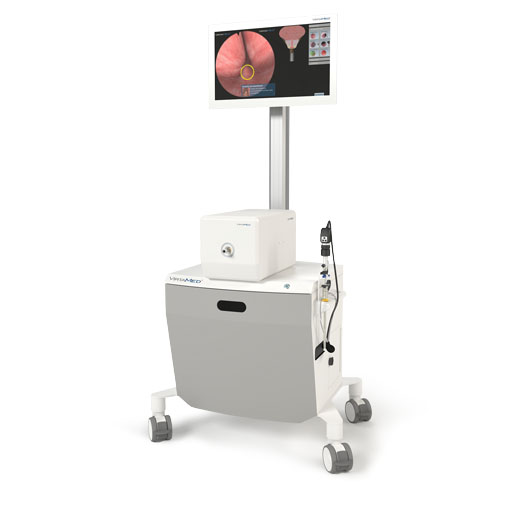
Application Domains
- Urban Modeling
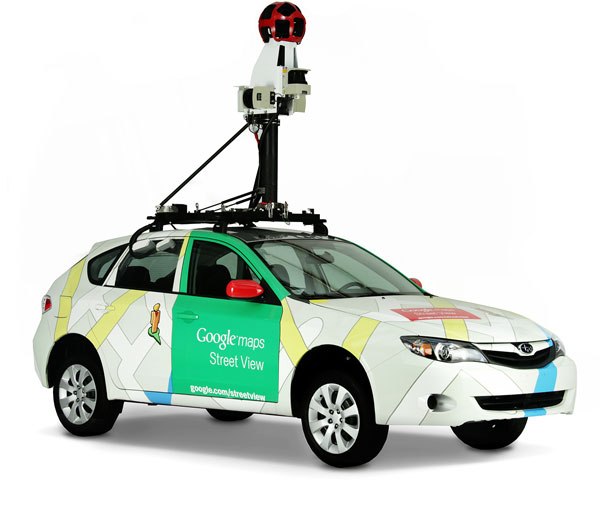
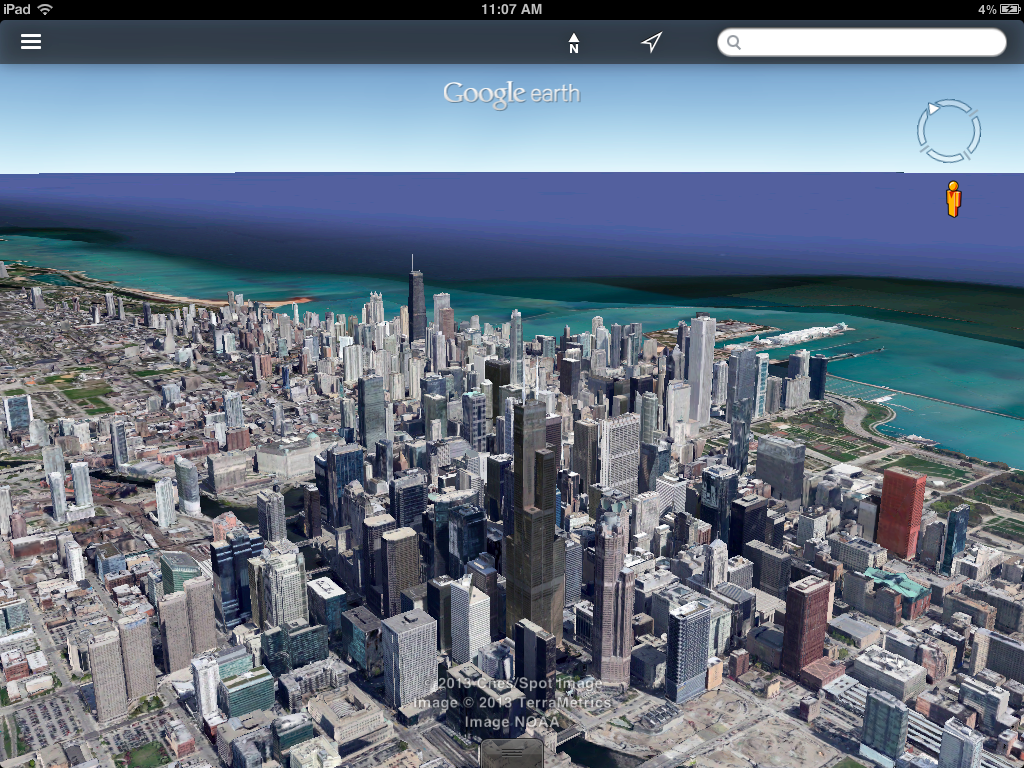
Application Domains
- Digital Fabrication
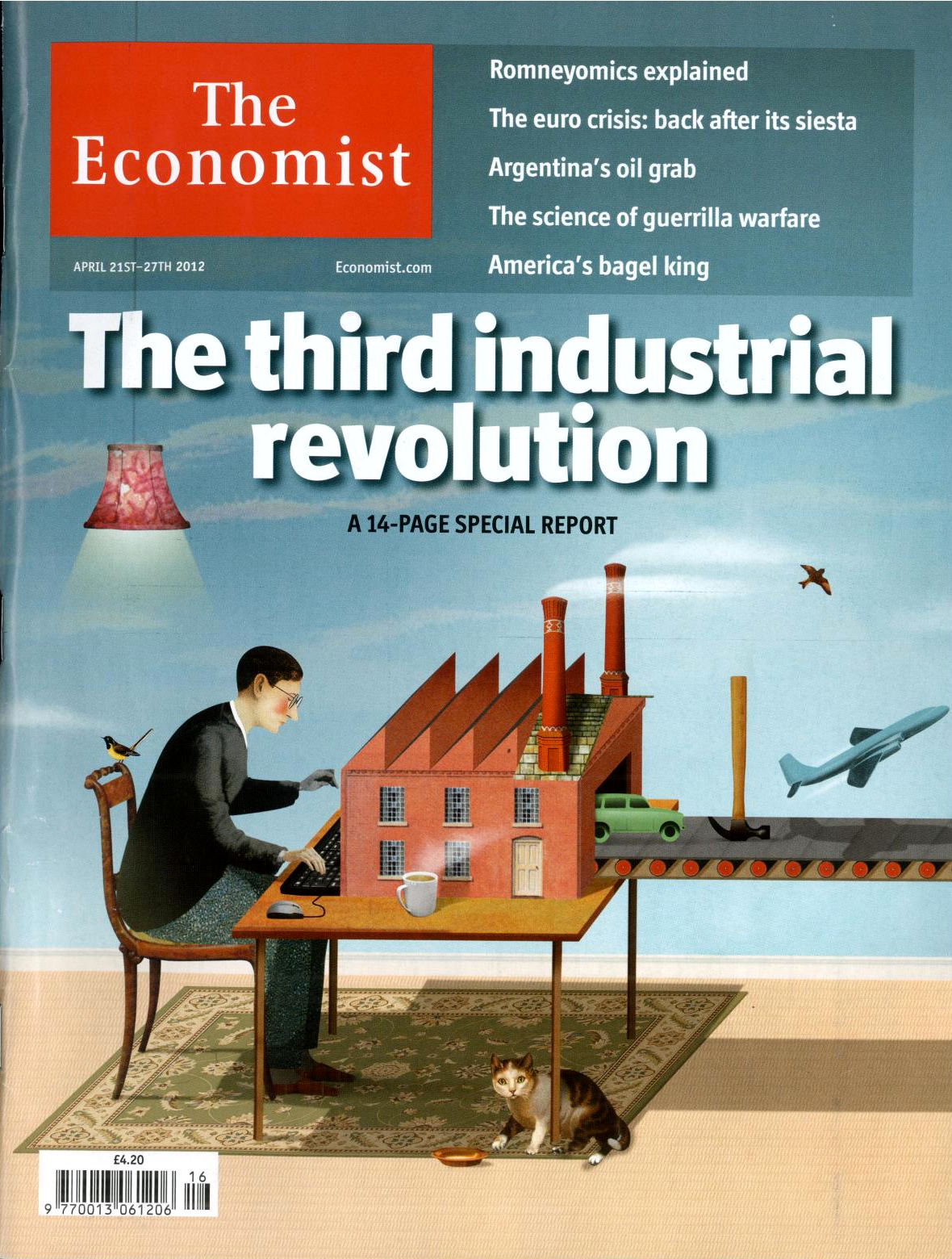
Digital Fabrication
- A revolution in materials and fabrication
- 3D printing, laser cutting, CNC machining, robotic fabrication, etc.
- digital & smart materials
- An opportunity for graphics research
- new and complex materials & geometries
- rapid prototyping and industrial production of custom models
- intuitive user interfaces for computational, material-aware design
- data-driven modeling and machine learning
- control strategies robotic fabrication and assembly
- fully digital workflow, from design, visualization, simulation, to fabrication
Digital Fabrication
- Additive Manufacturing


Digital Fabrication
Digital Fabrication
Digital Fabrication
3D Content Creation Pipeline
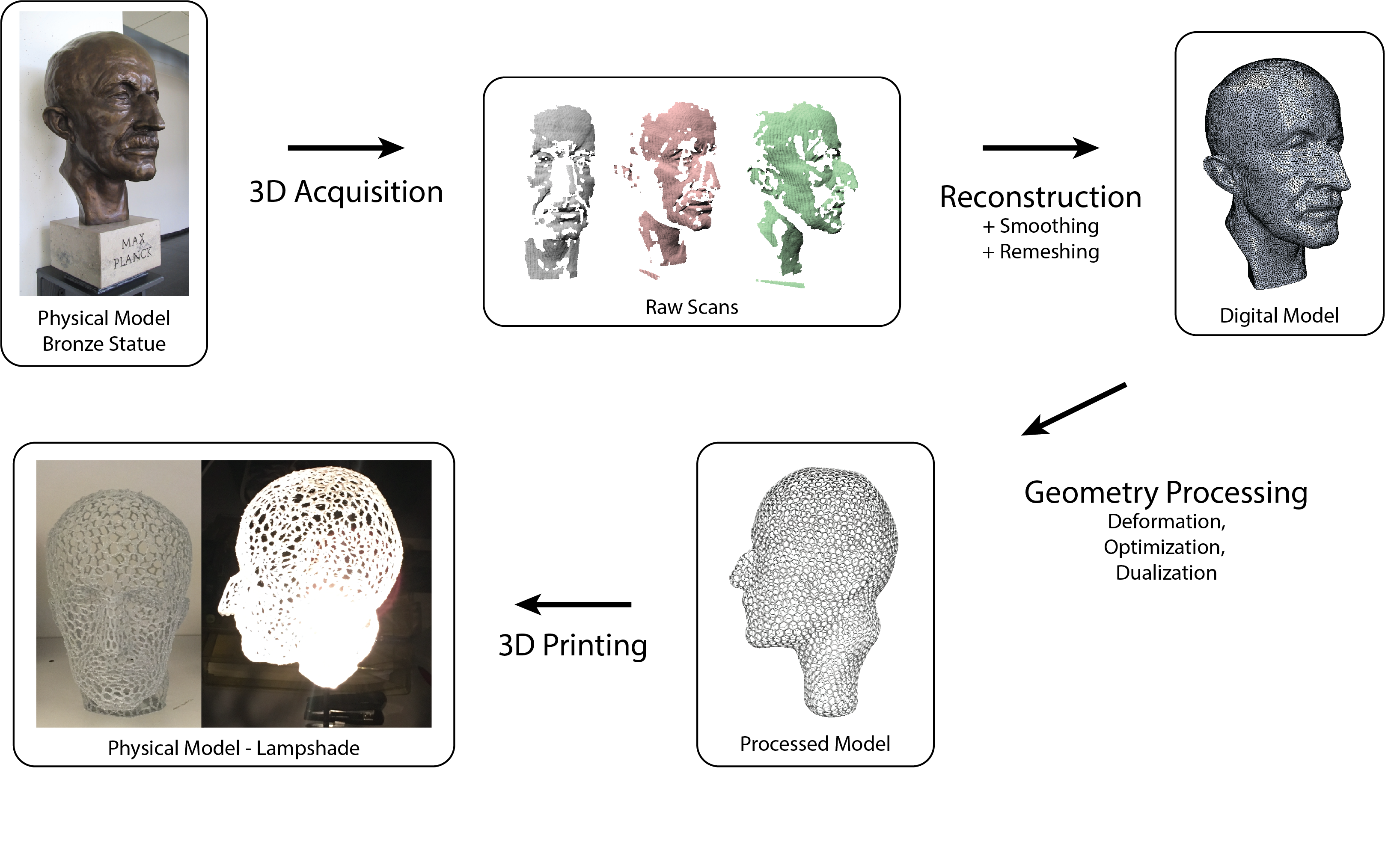
3D Geometry Processing Course
- Core Questions
- What is geometry and where is it used?
- How can we represent geometry?
- Which structural properties do we need in practice? (raw geometry vs. practically useful)
- What kind of basic operations can we perform to process geometry?
- How can we go from physical to digital?
- How can we go from digital to physical?
- What advanced operations can be perform to manipulate geometry?
- How can we efficiently implement geometry processing algorithms?
Course Overview
- Introduction
- 3D Content Creation
- Geometry Fundamentals
- Basic Processing Algorithms
- Solving Laplace Equations
- Advanced Methods
Course Overview
- Introduction
- 3D Content Creation
- Scanning & Fabrication
- Geometry Fundamentals
- Basic Processing Algorithms
- Solving Laplace Equations
- Advanced Methods
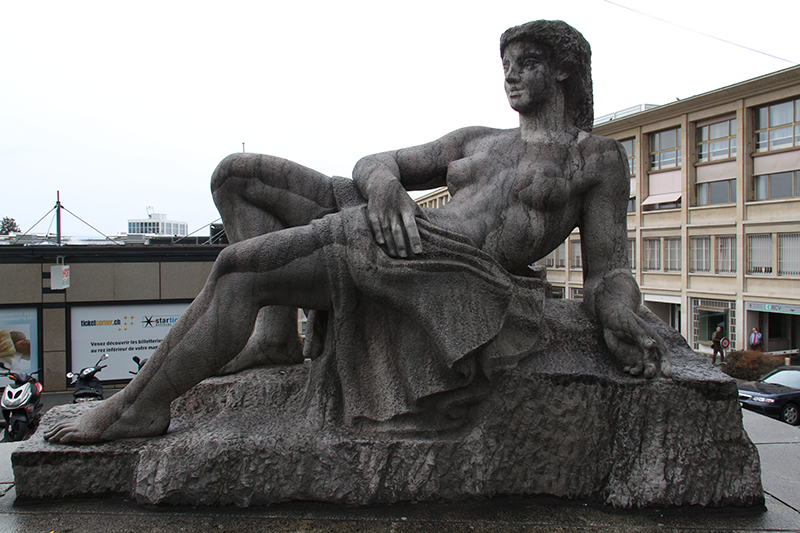
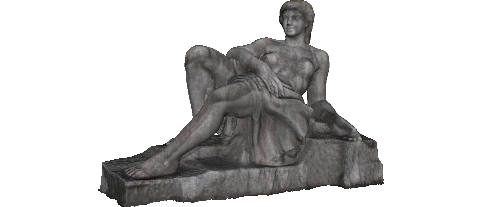
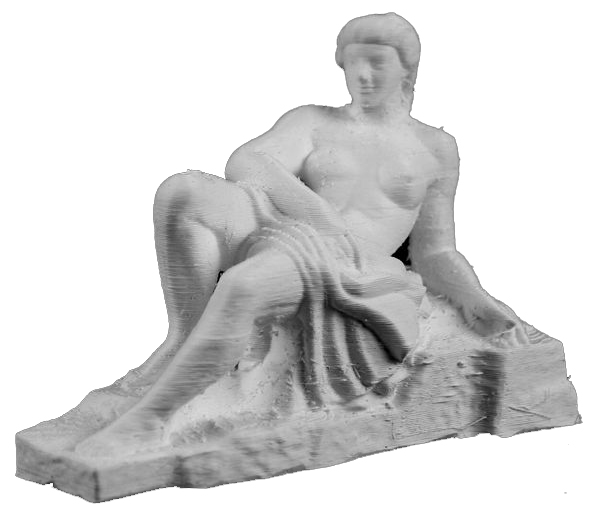
Course Overview
- Introduction
- 3D Content Creation
- Geometry Fundamentals
- Geometry Representations
- Differential Geometry
- Discrete Operators
- Basic Processing Algorithms
- 3D Content Creation
- Solving Laplace Equations
- Advanced Methods
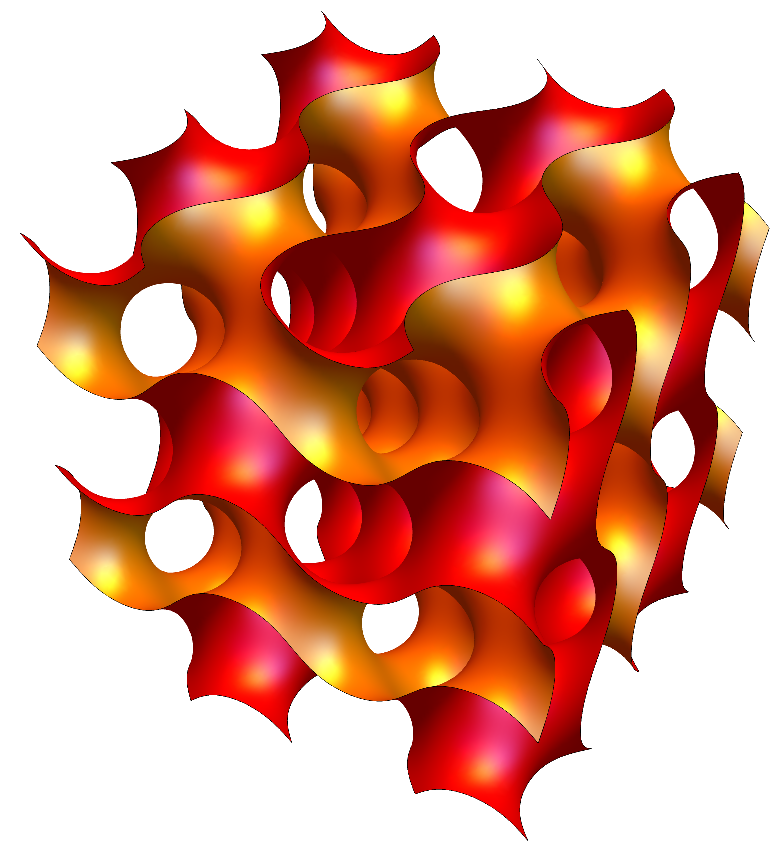
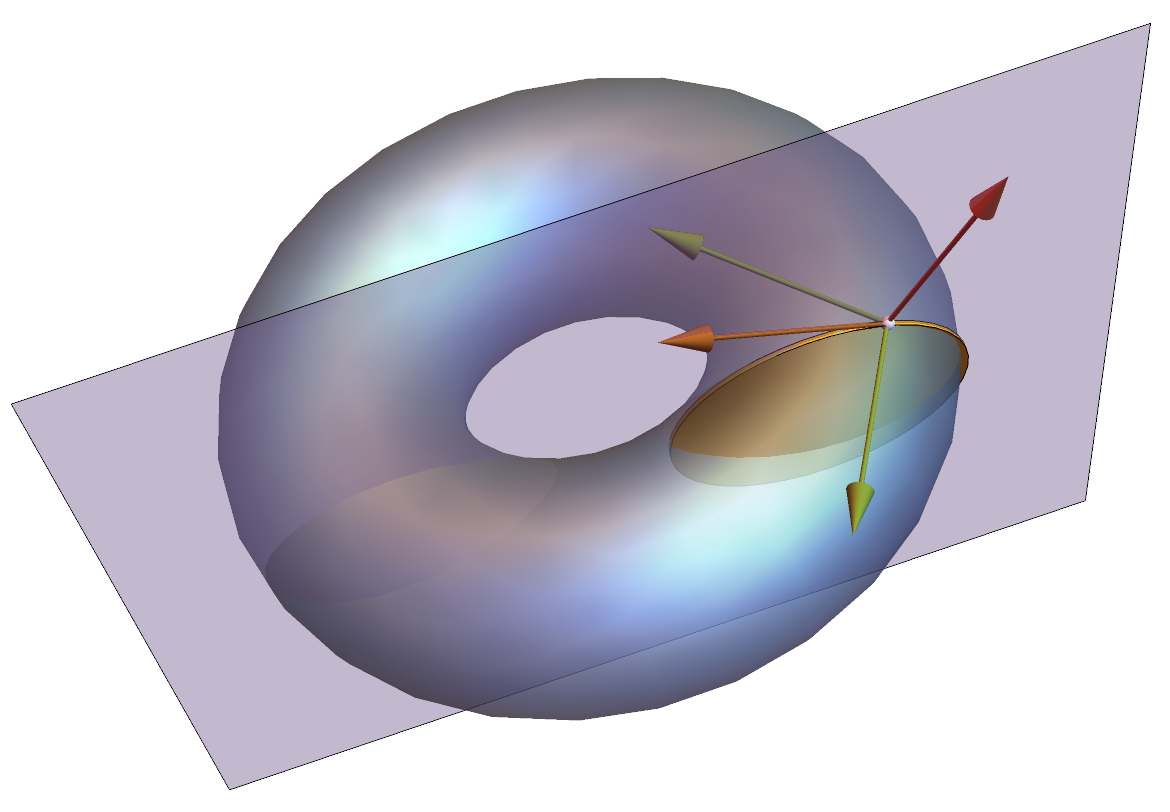
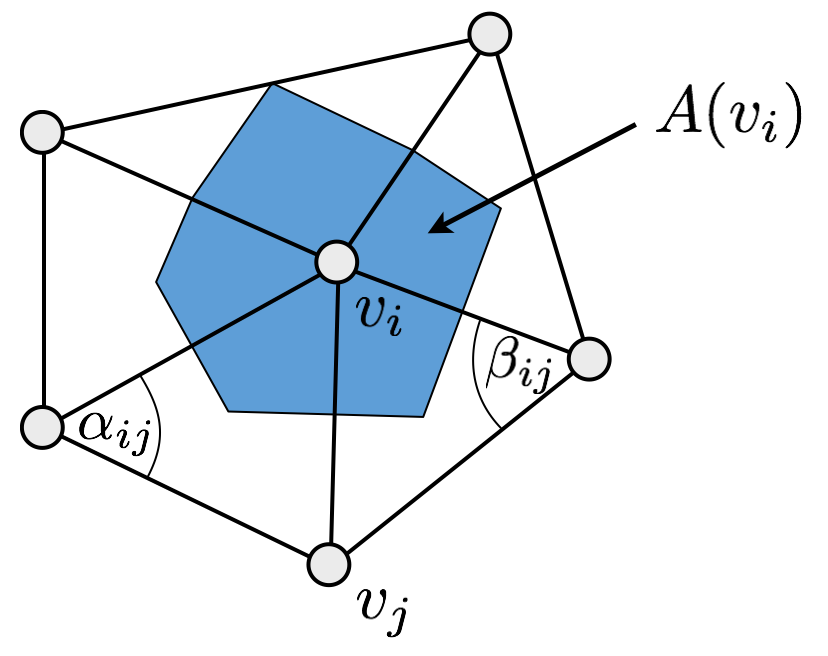
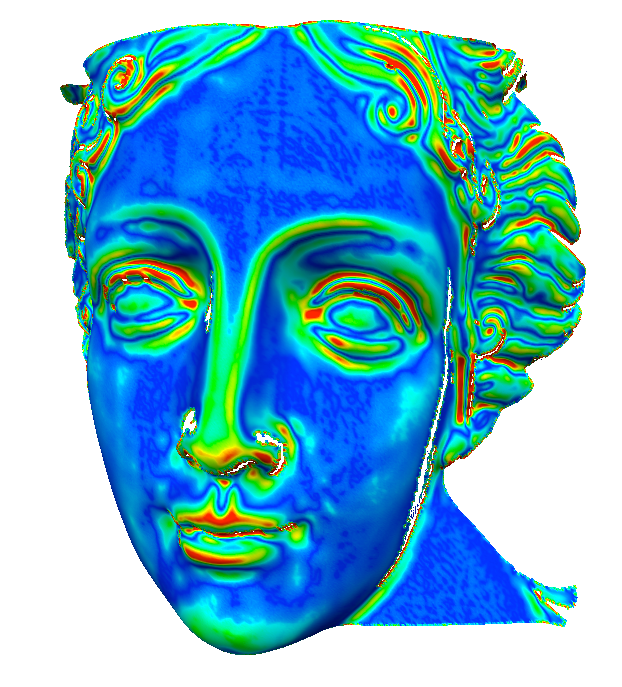
Course Overview
- Introduction
- 3D Content Creation
- Geometry Fundamentals
- Basic Processing Algorithms
- Surface Reconstruction
- Delaunay Mesh Generation
- Smoothing
- Remeshing
- Solving Laplace Equations
- Advanced Methods
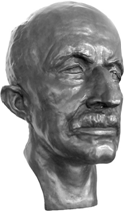

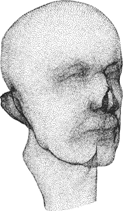

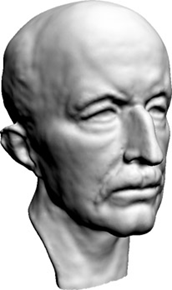
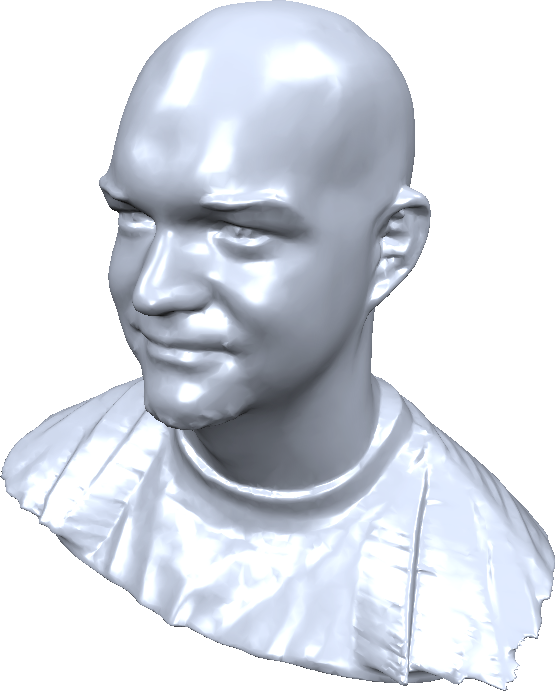
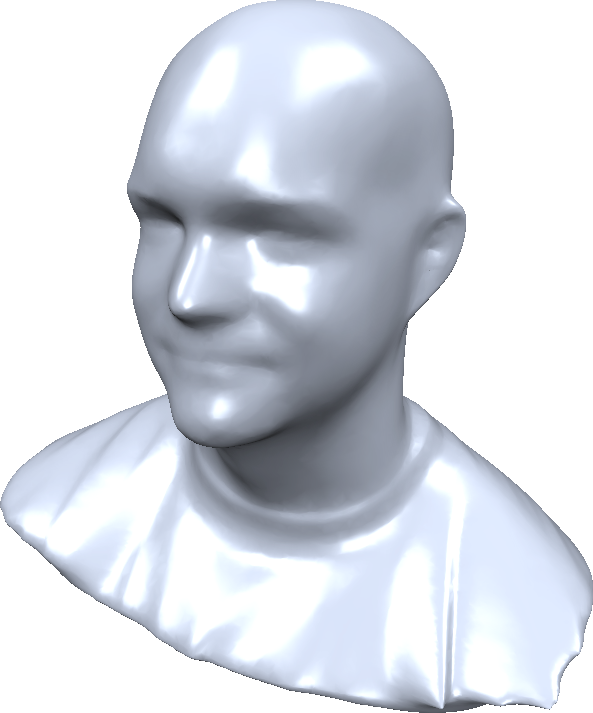
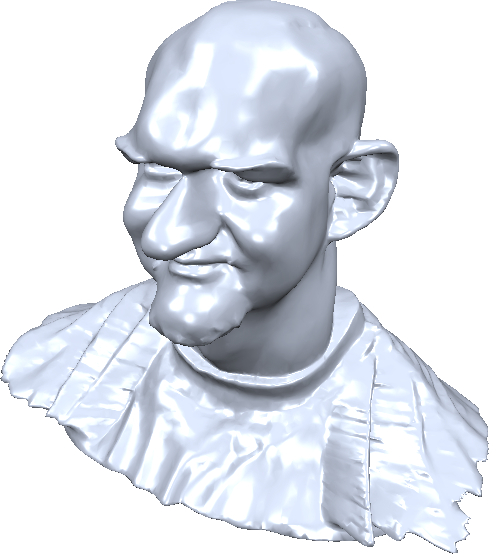
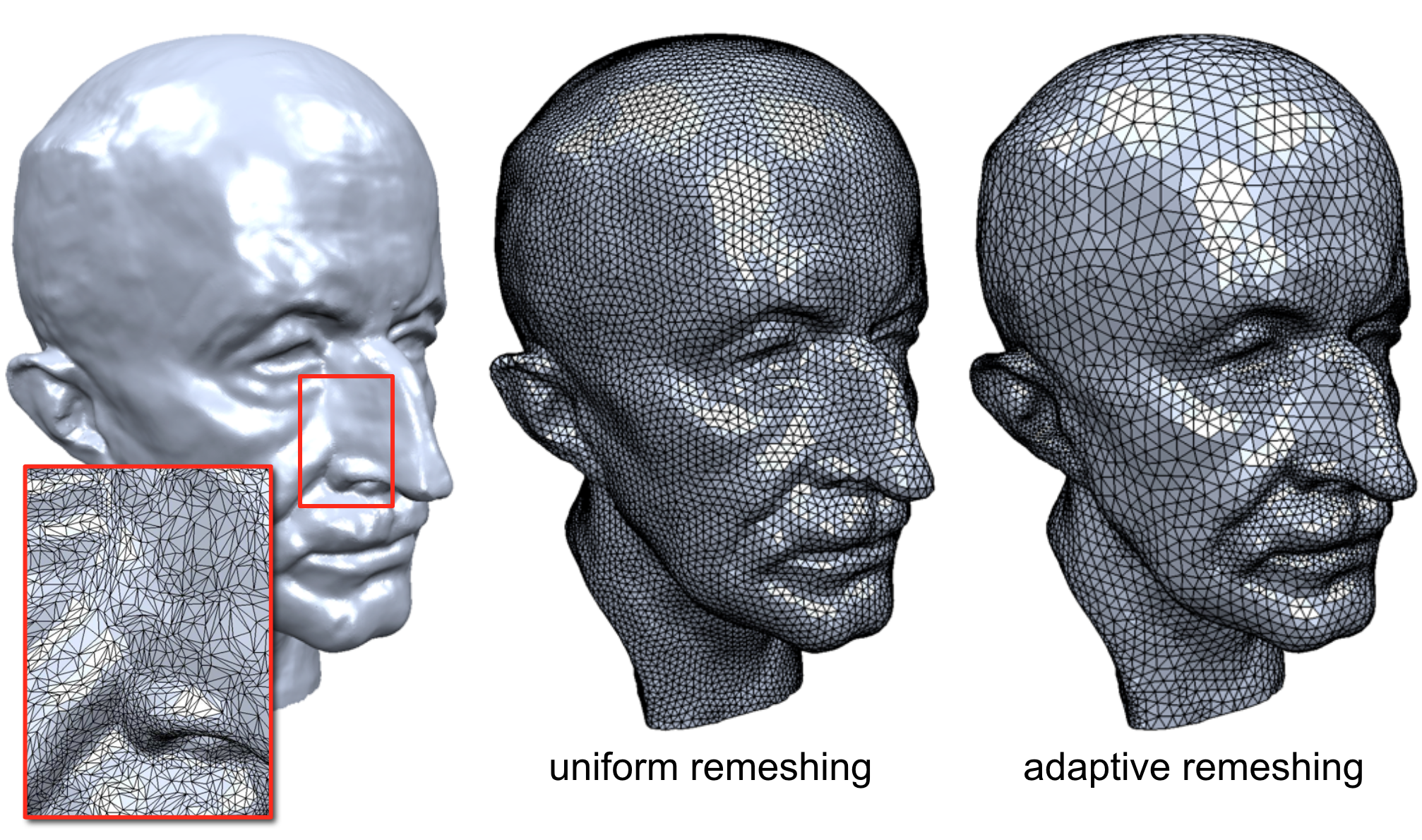
Course Overview
- Introduction
- 3D Content Creation
- Geometry Fundamentals
- Basic Processing Algorithms
- Solving Laplace Equations
- Parametrization
- Fairing & Deformation
- Geodesic Distances
- Advanced Methods
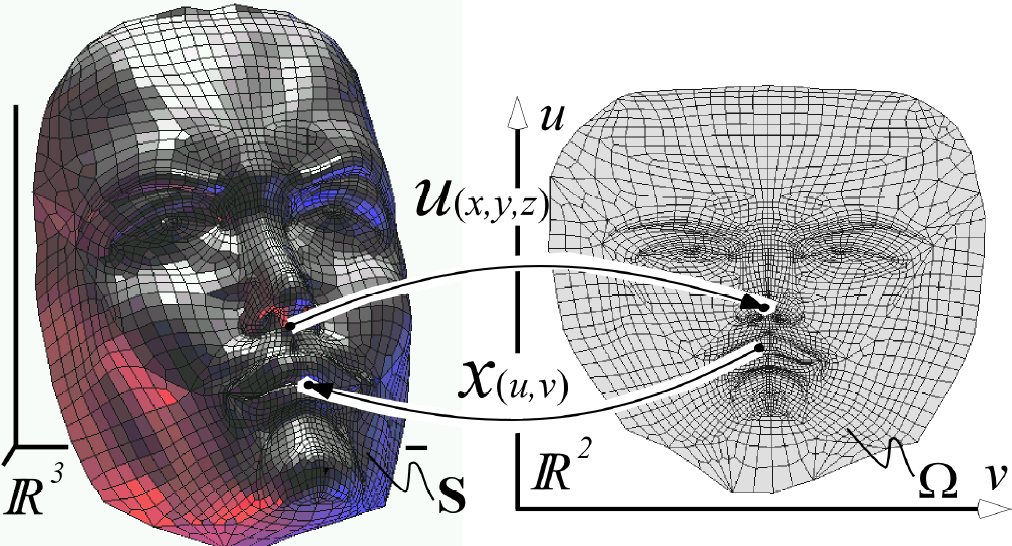
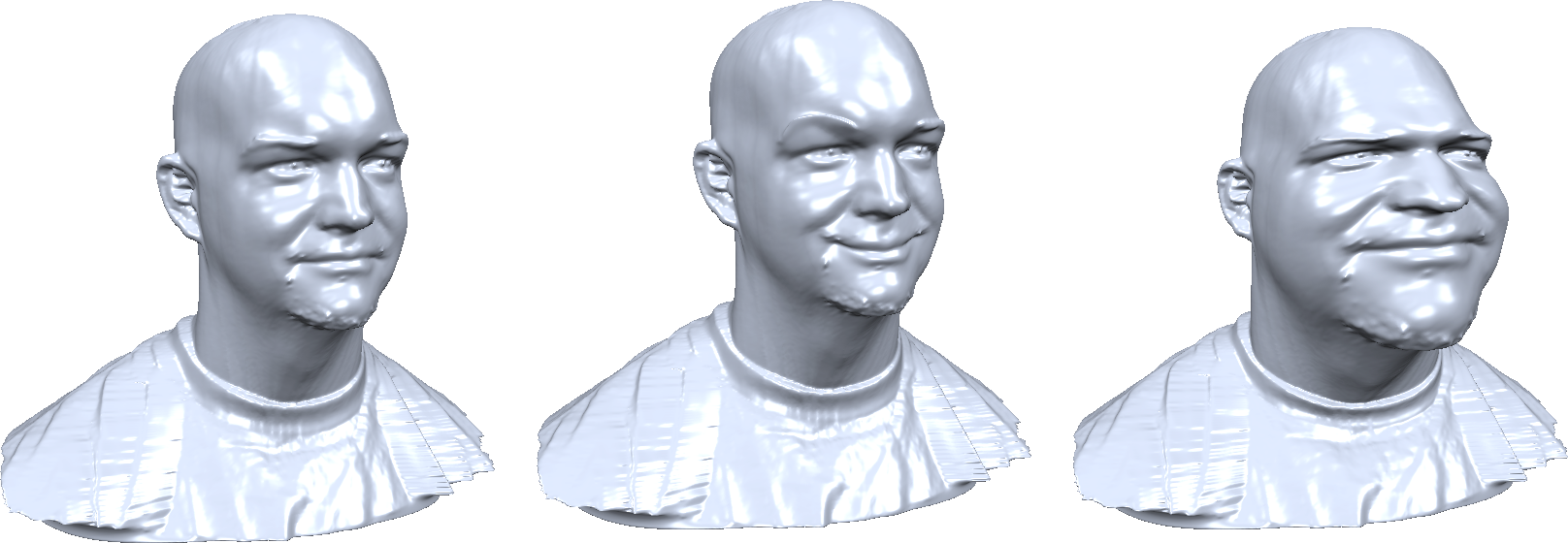
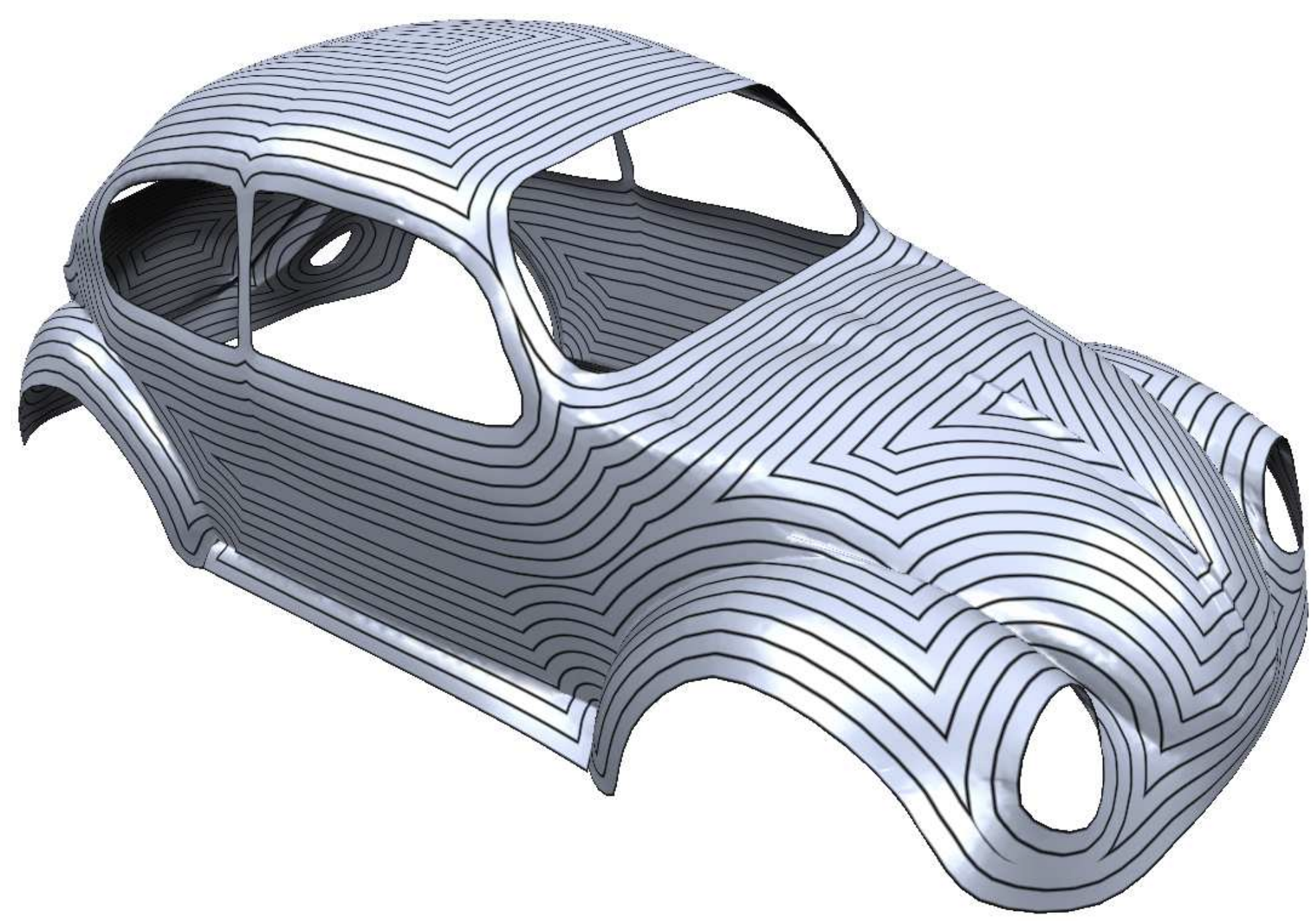
Course Overview
- Introduction
- 3D Content Creation
- Geometry Fundamentals
- Basic Processing Algorithms
- Solving Laplace Equations
- Advanced Methods
- Quad Mesh Generation & Cross Fields
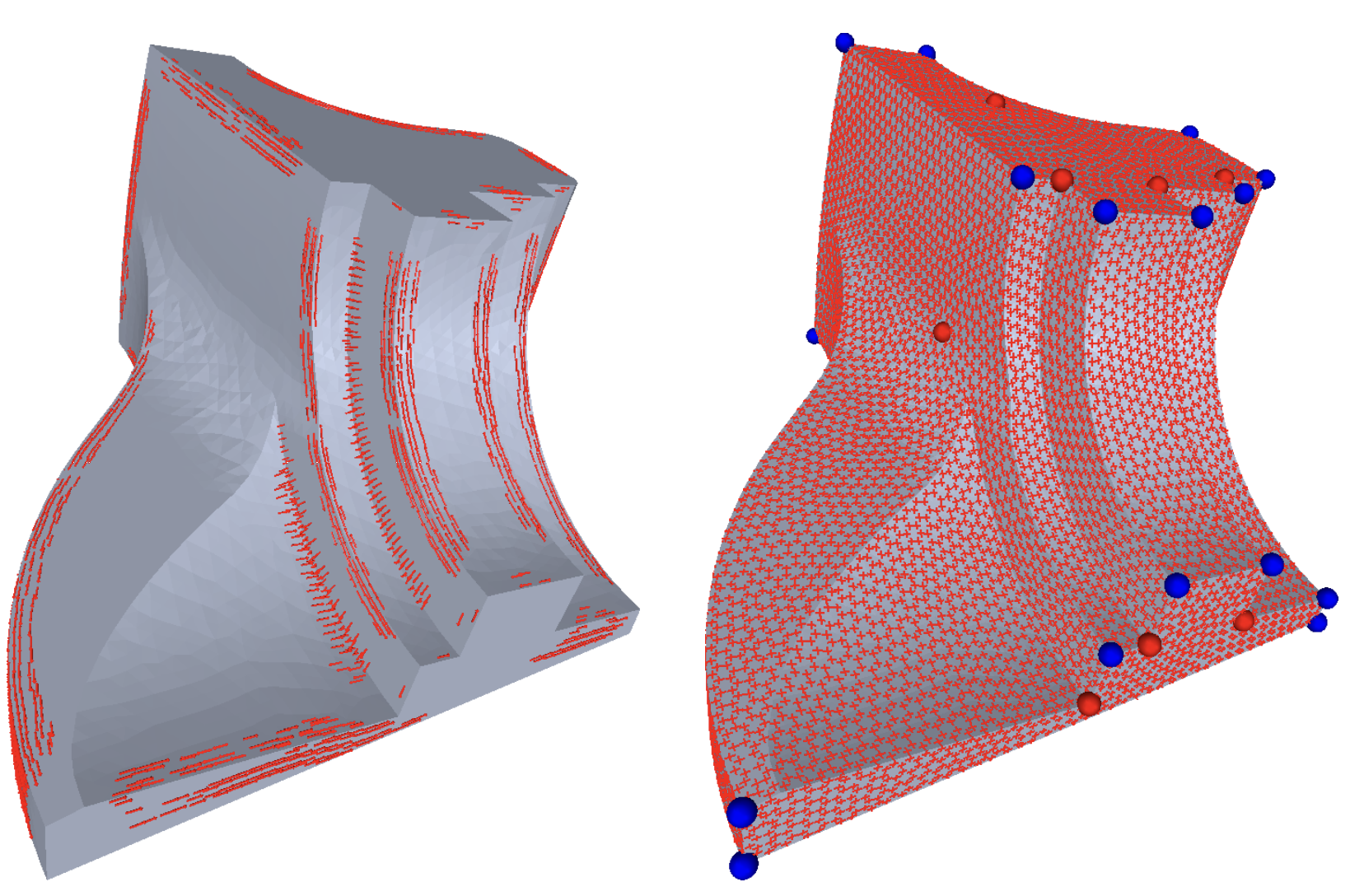
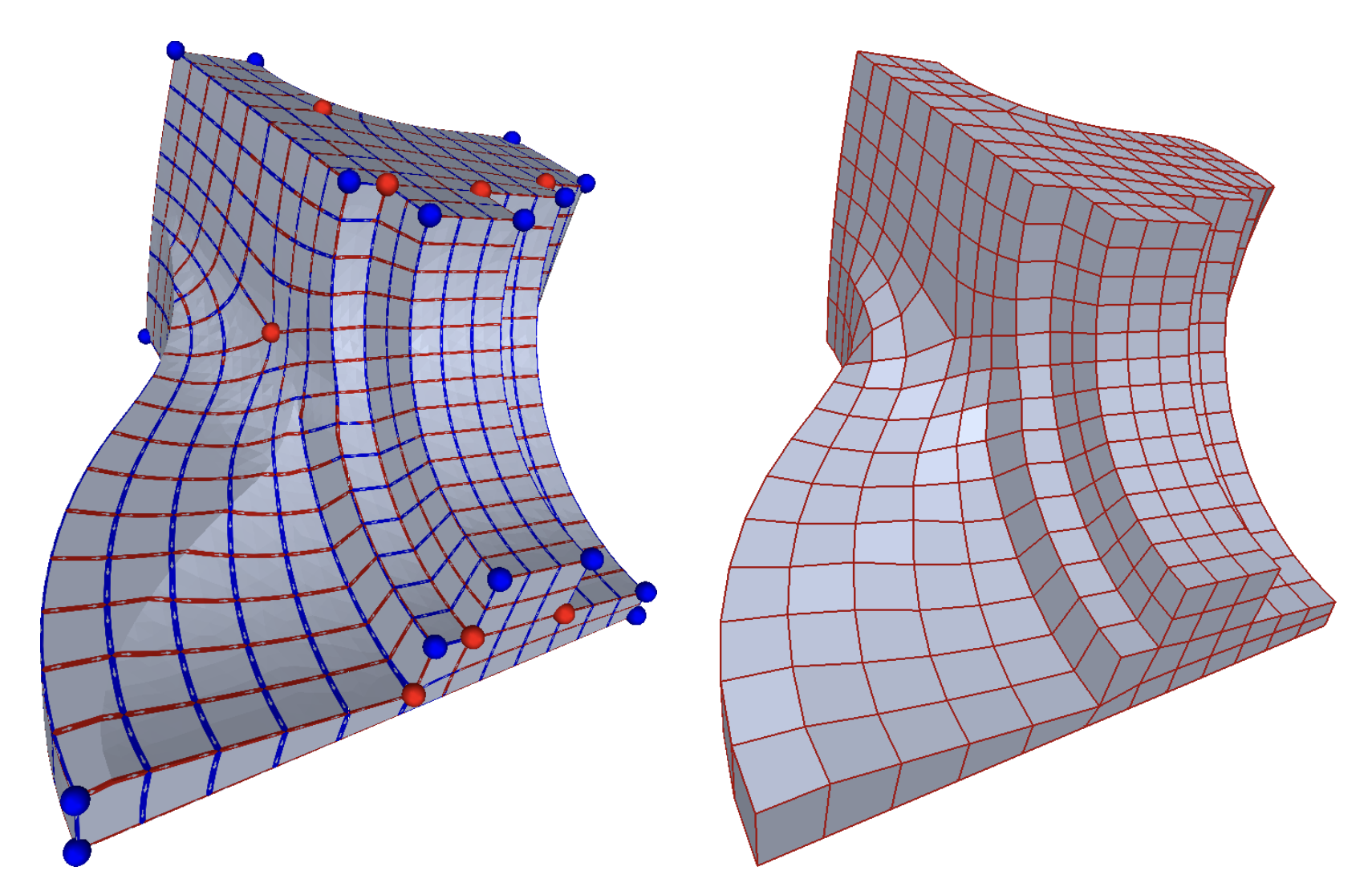
Learning Outcomes
- At the end of the course you will be able to:
- Explain and contrast fundamental geometry representations
- Explain and apply concepts from discrete differential geometry
- Analyze the 3D content creation pipeline and understand its limitations
- Implement and evaluate basic geometry processing algorithms, such as smoothing, remeshing, deformation
- Implement algorithms for advanced modeling
- Create digital 3D models from photographs and process the acquired raw geometry to build physical prototypes
- Coordinate a team during a software project
Practical Assignments
- Programming and written exercises
- implement fundamental algorithms for geometry analysis, smoothing, remeshing, editing
- Must be done in groups of 3
- All deadlines are strict!
- Zero points when submitted after the deadline
- Don’t wait until the last minute but submit version early. Can always be replaced by final version before deadline
- Contact me early in case of military service, sick leave, etc.
Grading
- Each assignment is worth 10 points
- Admission to final exam requires 50% of total points
- Final exam determines grade
- Exams cover material from lectures and practical assignments
- Zero tolerance for cheating!
At the end of the course you will …
At the end of the course you will …
… know how to express love with equations
At the end of the course you will …
… be able to untangle messy curves
At the end of the course you will …
… know why this can be made from a single sheet of paper
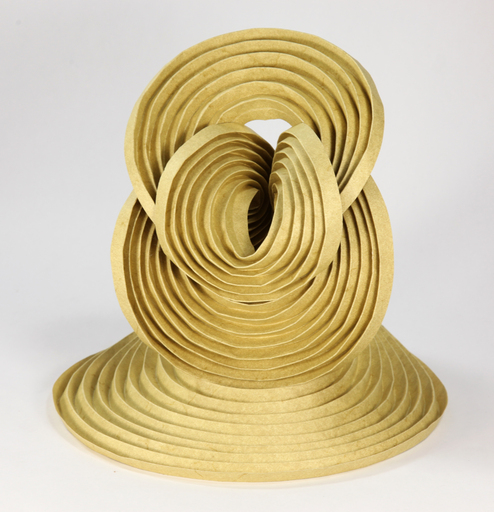
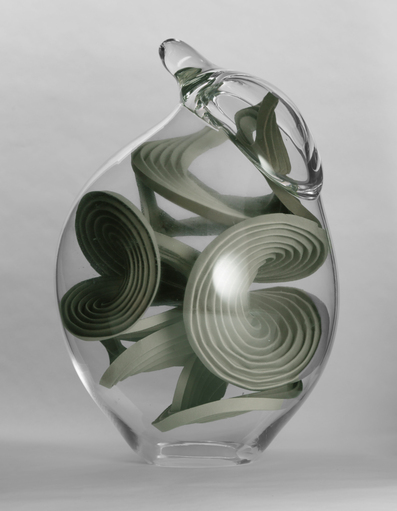
At the end of the course you will …
… know why this cannot be made from a single sheet of paper
At the end of the course you will …
… understand why at any time there is at least one point on the planet where there is no ground wind (and what that has to do with geometry)
At the end of the course you will …
… be able to figure out if the universe is flat (well, sort of)
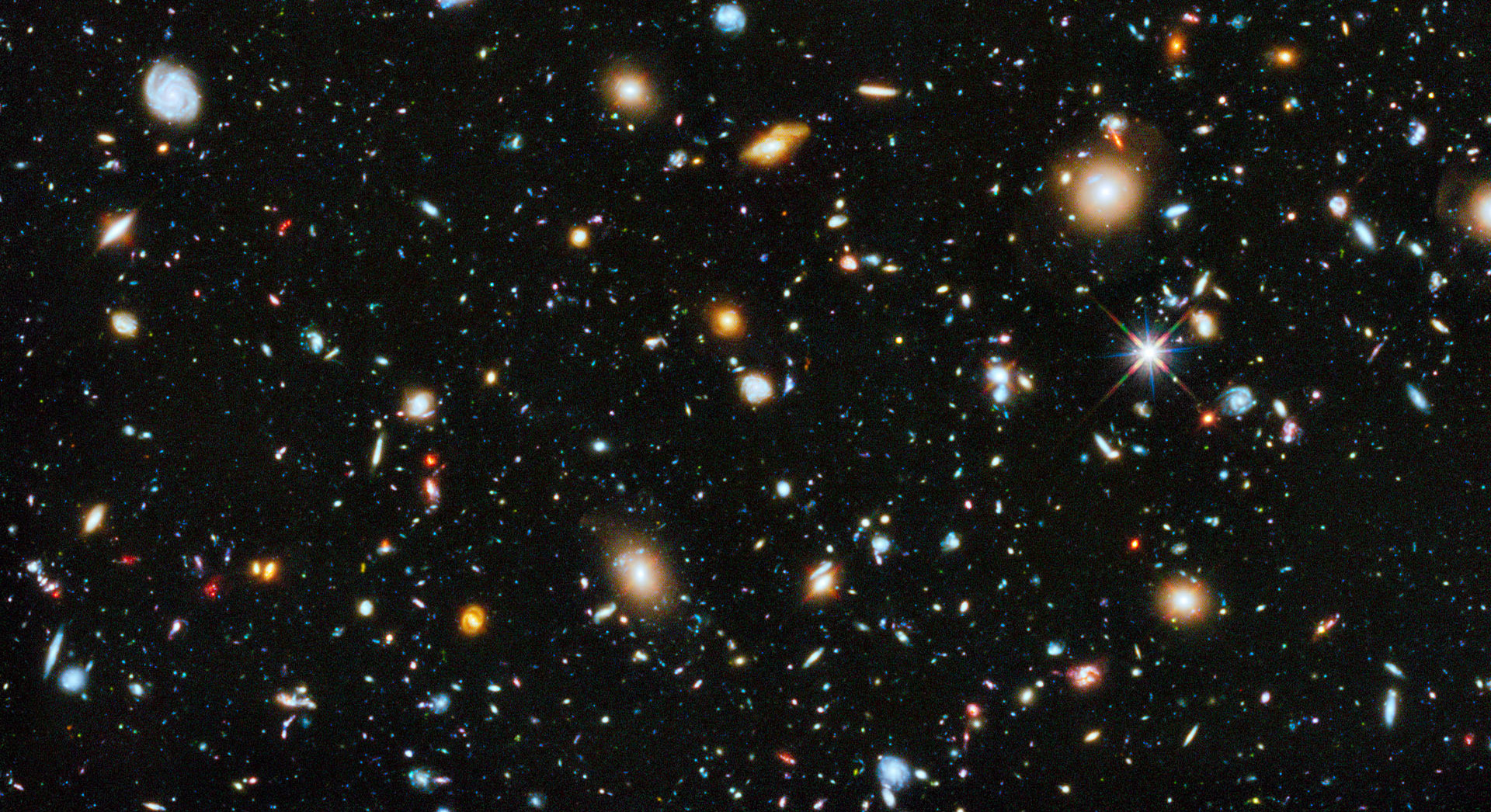
At the end of the course you will …
… know how to properly eat pizza
At the end of the course you will …
… know a lot more about soccer balls
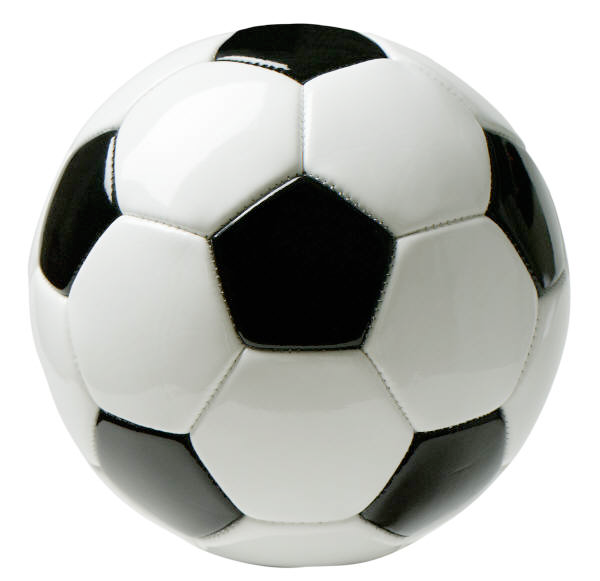
At the end of the course you will …
… be able to play games with funky dice
At the end of the course you will …
… know what the Fourier transform of a bunny looks like
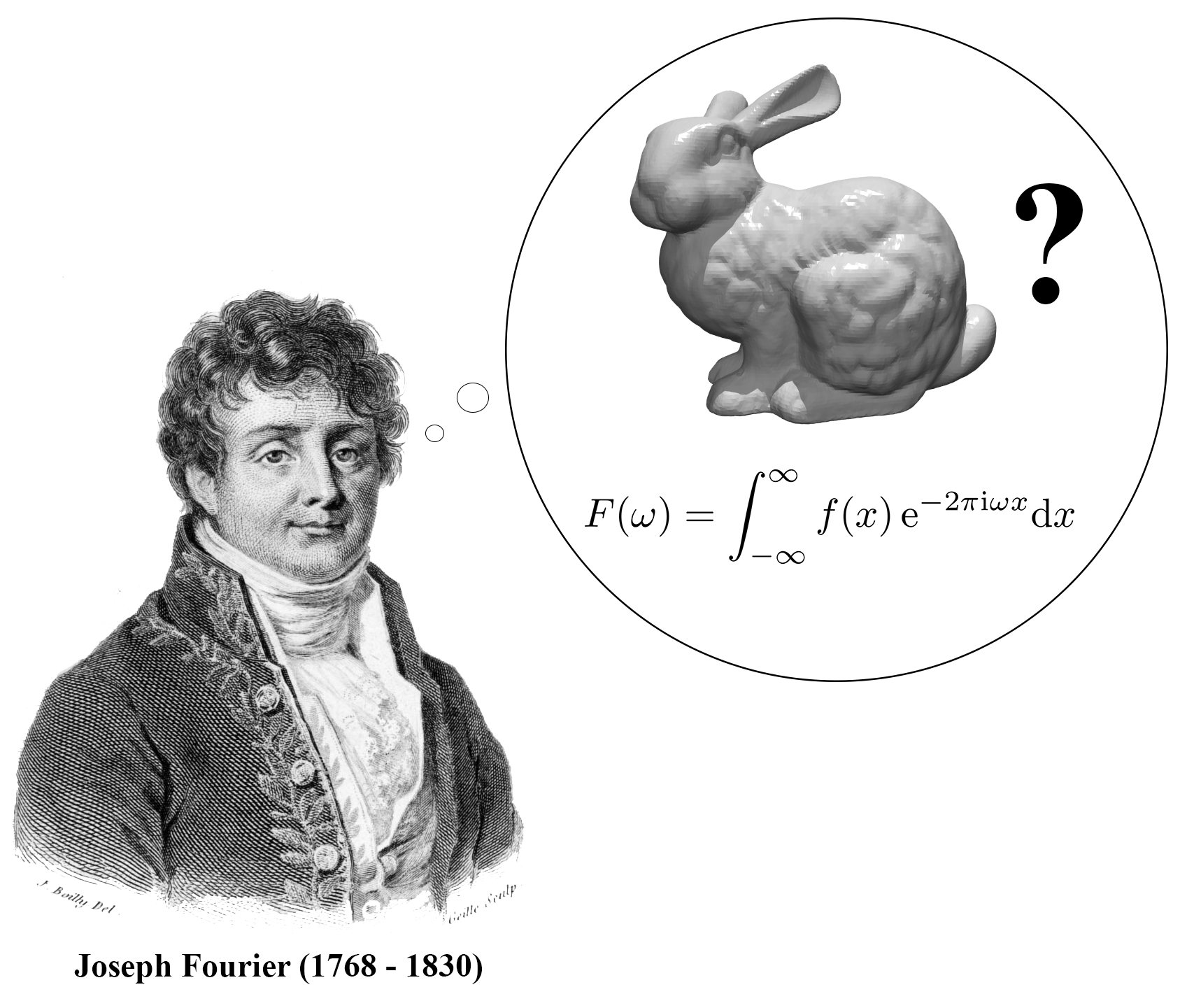
At the end of the course you will …
… know how to skin a cow
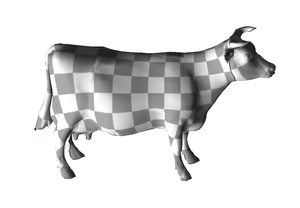
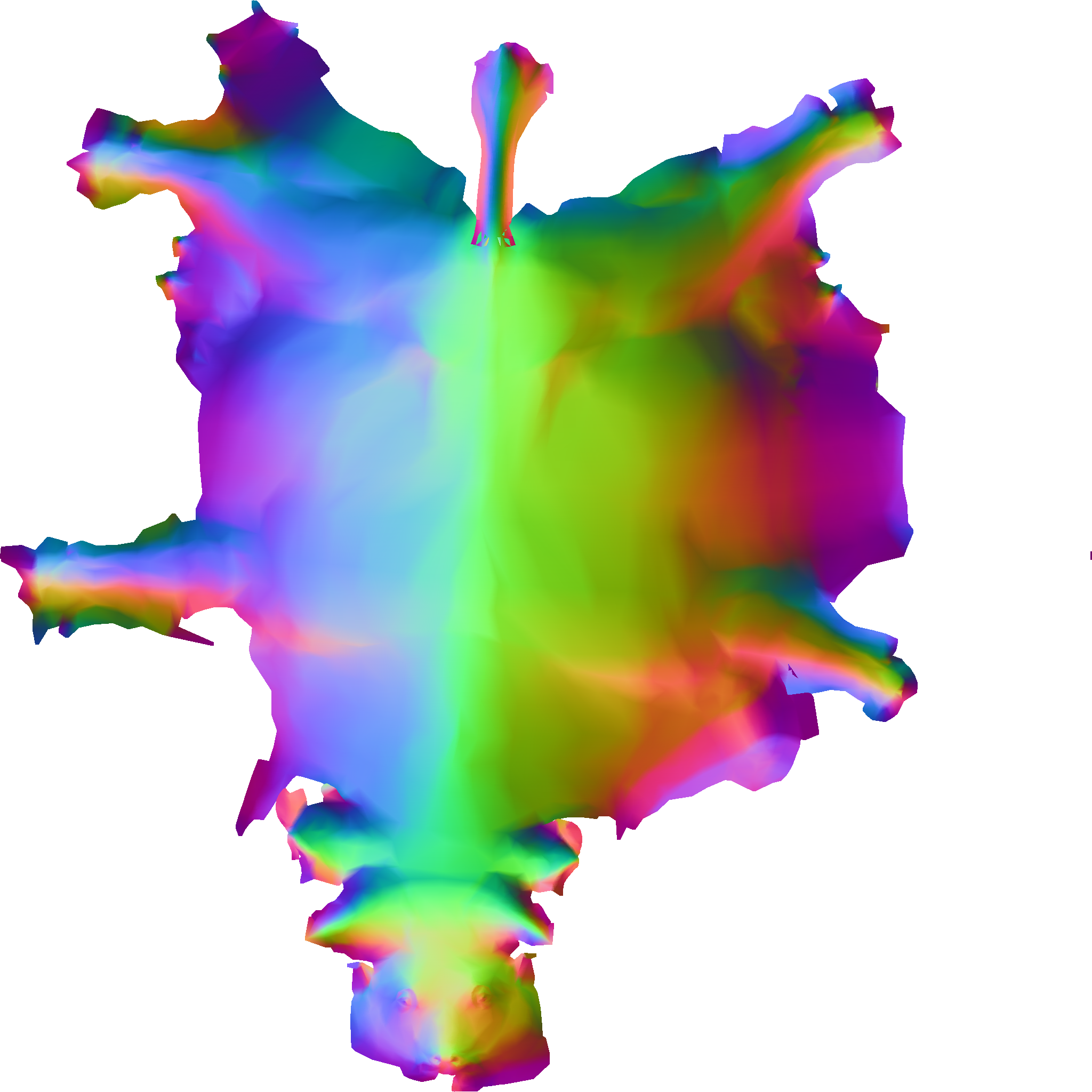
At the end of the course you will …
… be able to make a Dino hatch from an egg
At the end of the course you will …
… have seen some very unique geometric objects
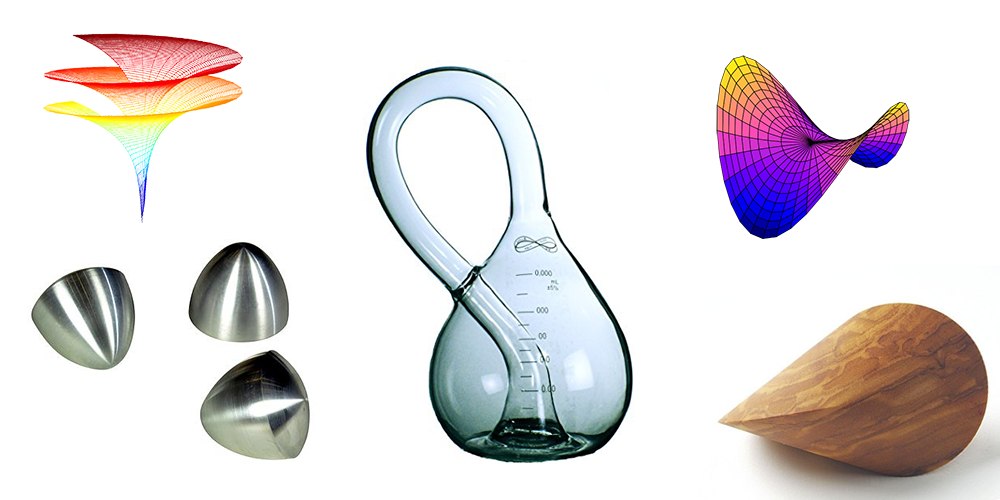
… and understand what they are good for
At the end of the course you will …
… understand why it’s hard to scan something

(but still scan some cool stuff)
At the end of the course you will …
… understand why it’s hard to 3D print something
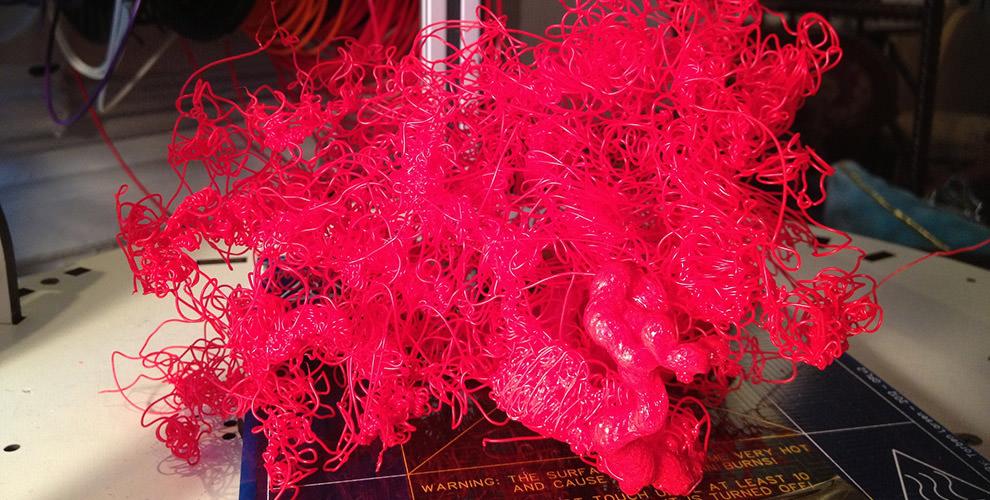
(but still print some cool stuff)
At the end of the course you will …
… (hopefully) appreciate the beauty of geometry
